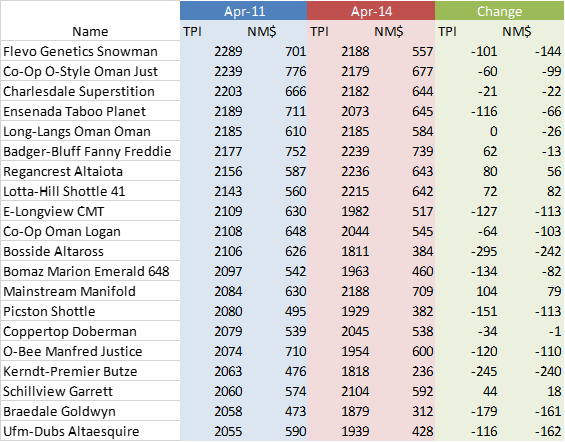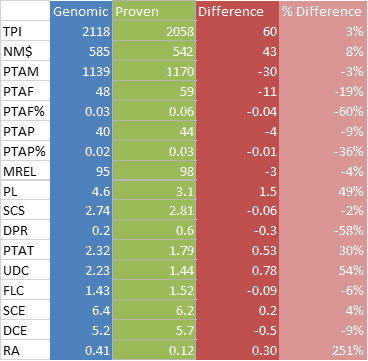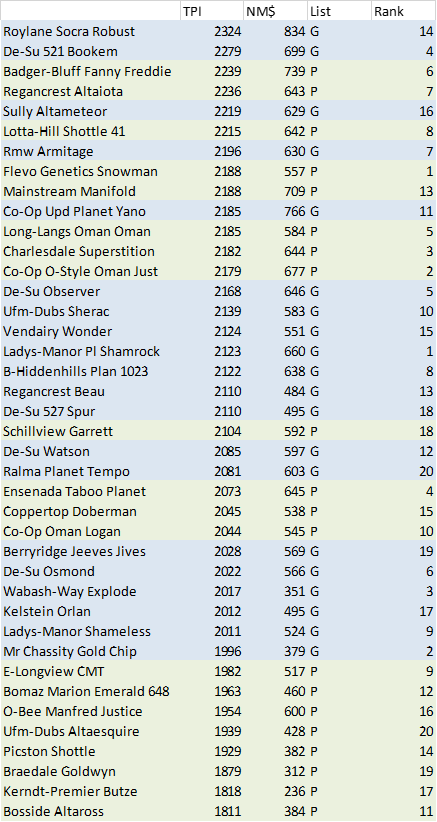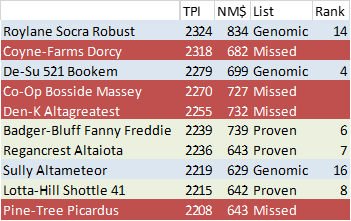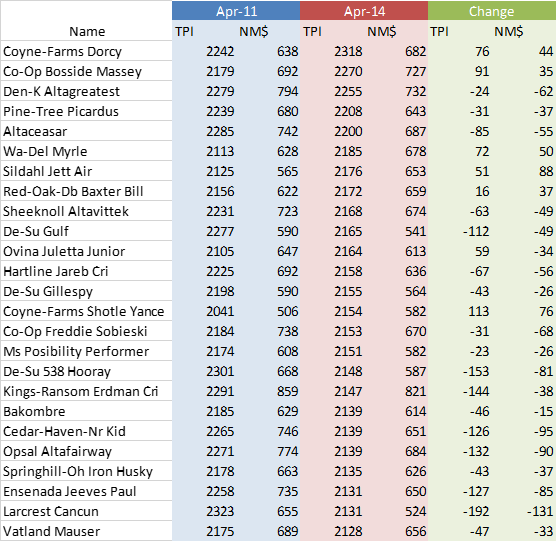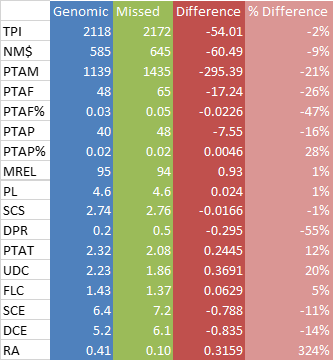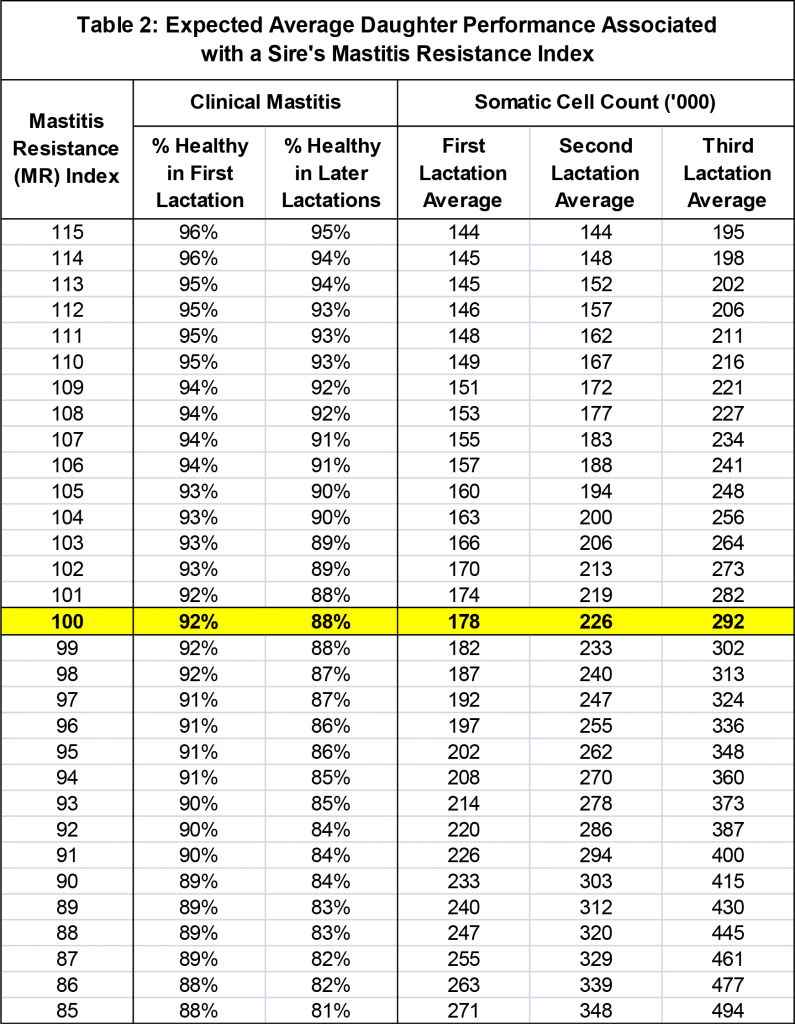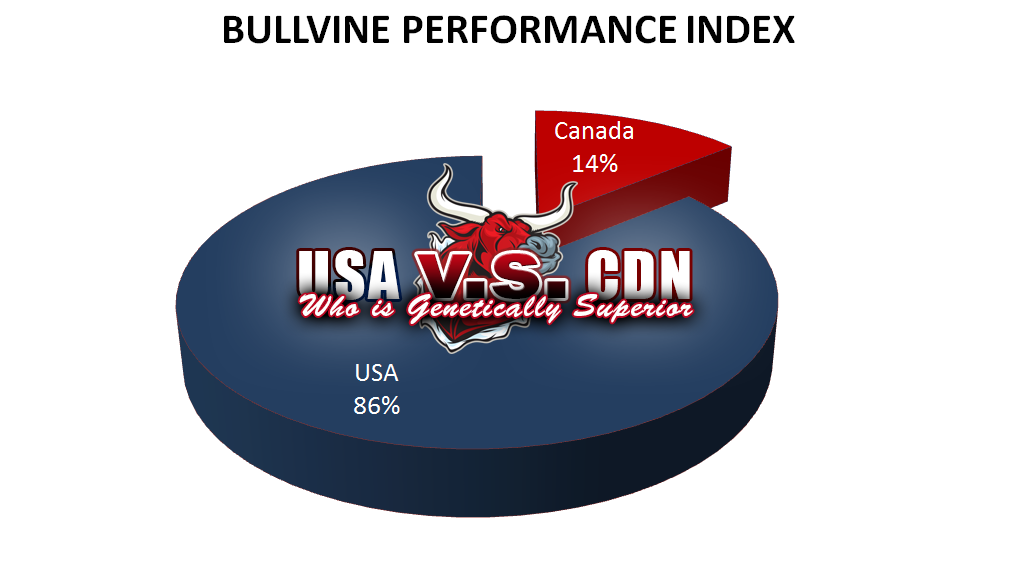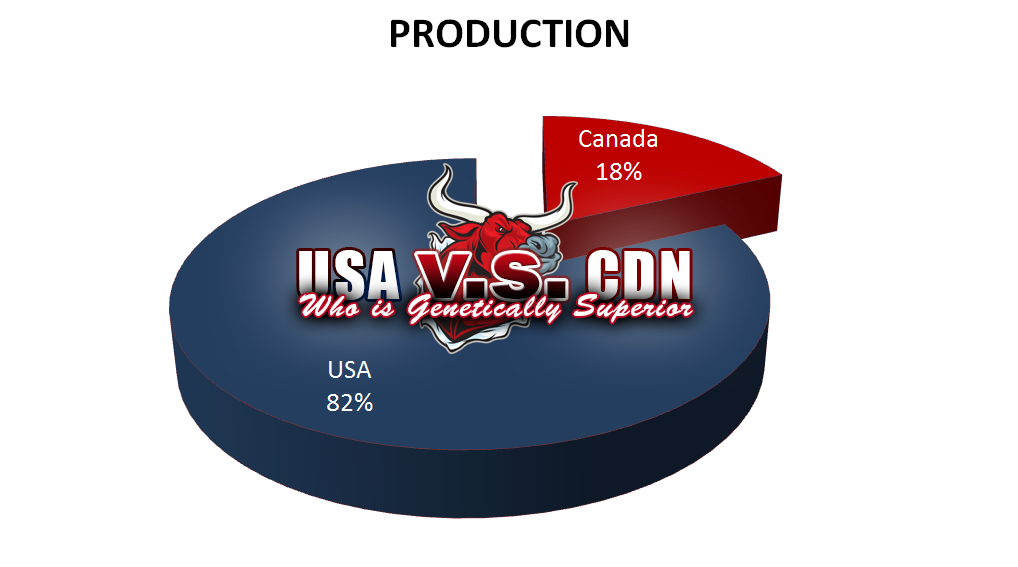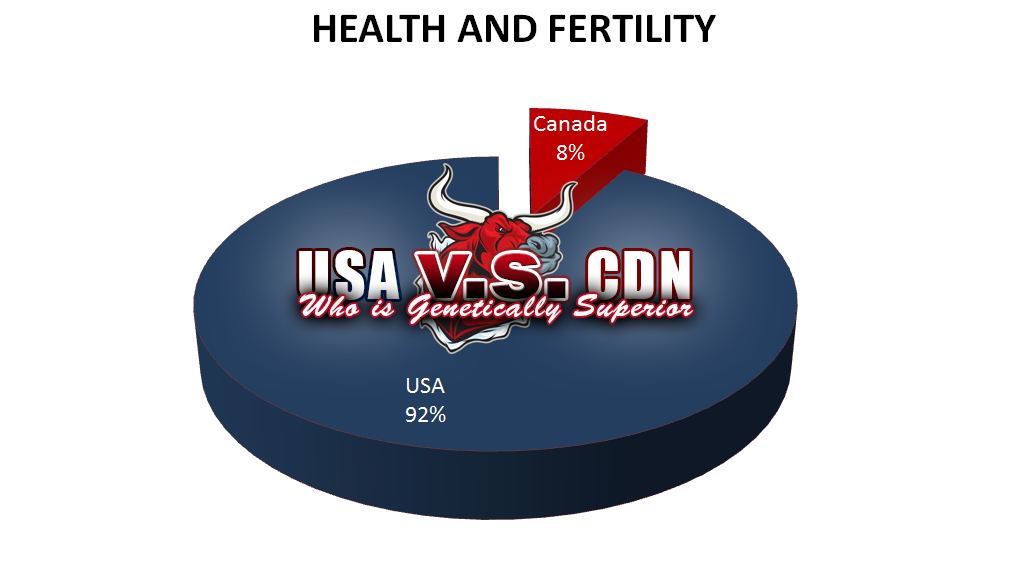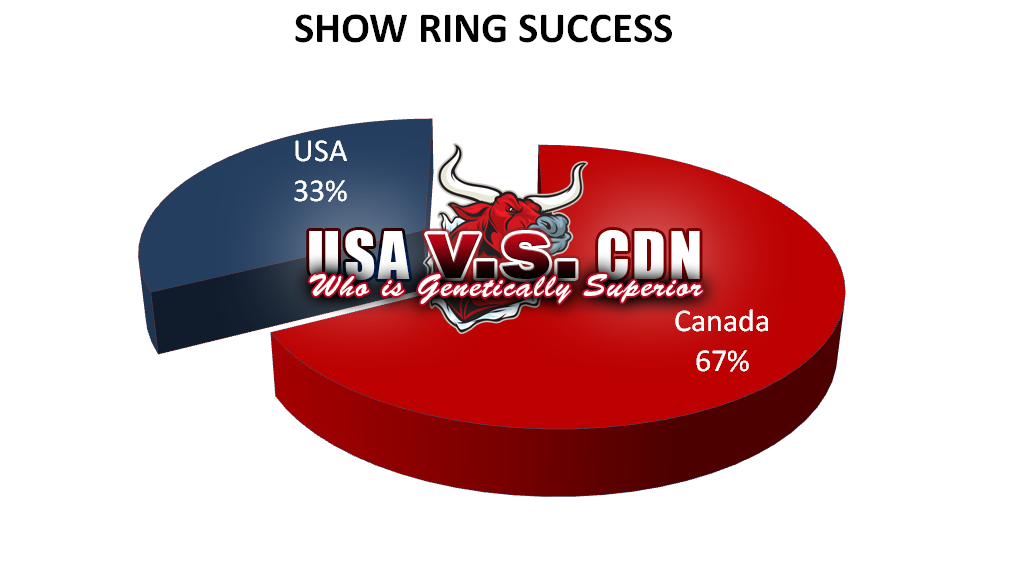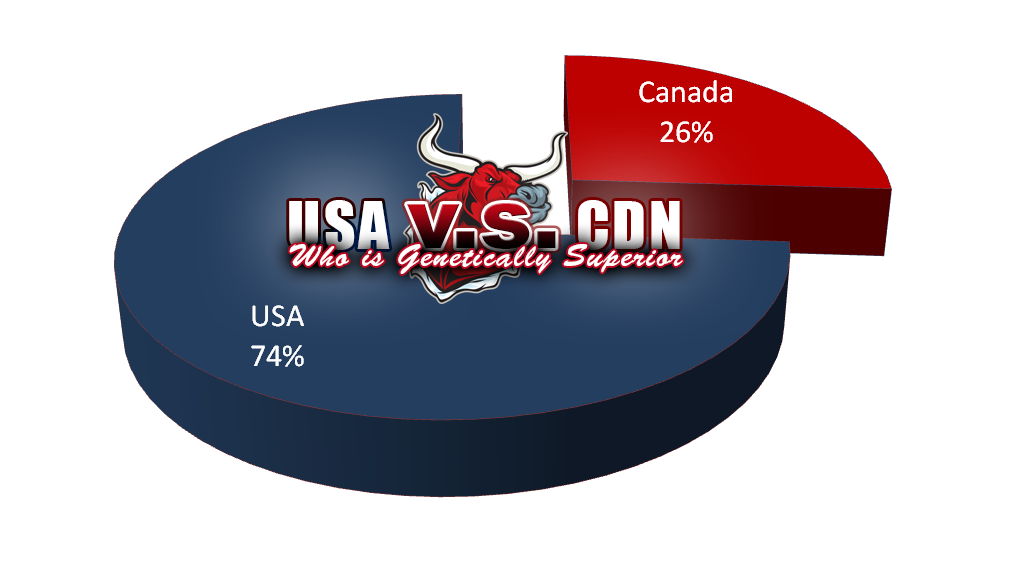It matters not whether you are breeding or implanting heifers or cows in your herd; the question is are they cycling and are their uteruses in the state that they can receive a fertilized egg and establish a pregnancy. It’s big bucks off the bottom line if your females are not cycling when they should. It means carrying more animals than necessary, extra feed costs, extra labour, semen and embryos down the drain. We all know that the number one reason for culling is reproductive failure. It all comes down to being proactive rather than reactive when managing for reproductive success.
On Being Prepared
I was reminded of how important this is when I visited a very successful 200 cow dairy on a hot (90F) and steamy (80% humidity) day in August of last year. I was impressed to see that the cows were producing, on average, 5.7 pounds of fat plus protein per day. What really drew their reproduction program to my attention was when the owners showed me a fifth lactation cow that was almost eight years old. She was producing 120 pounds of 4.0% fat and 3.5% protein milk having calved 83 days previously and at that moment she was in standing heat.
The purpose for my visit was to study the equipment the herd was using to monitor the health and reproduction in their herd (Read more: Better Decision Making by Using Technology and Robotic Milking: More than just automation it’s a new style of herd management.). My take away from that visit was that it takes being prepared for both the cows and heifers to be ready and able to get pregnant. Furthermore, the heifers in the herd were starting to be bred a 12 months of age and on average were calving at 22 months. They were breeding their heifers by weight. As the owners told me their success story, they were not stressed about getting animals in calf although they were looking for information so they could do an even better job on their reproduction program.
Beyond the Feed
Every nutritionist, worth their salt, carefully considers and advises dairymen on how to best feed their animals from birth to herd removal in order to achieve reproductive success. Semen handling, insemination and implantation techniques and sire, cow and heifer conception rates are topics that vets, reproduction specialists and semen sale people advise owners and staff on. Moreover, now geneticists are producing genetic indexes for fertility, pregnancy rate and body condition scores. And the staff working on the reproduction in herds are continually being trained on how to achieve success.
But it goes further than that in order, as Sue Brown of Lylehaven Holsteins (Read more: LYLEHAVEN: Developing the Dream) told us, for the vet to report the great news “She’s Pregnant”.
The Britt Theory
In 1992, Dr. Jack Britt, well know and very respected veterinarian from North Carolina State, published an article entitled Impacts of Early Postpartum Metabolism on Follicular Development and Fertility. Don’t let the title frighten you. This paper comes from a vet that grew up with dairy cows, judged cows in college, conducted research and educated students at Michigan State, NC State and U of Tennessee and has spoken extensively to breeder groups about reproduction in dairy cattle.
In short, Dr. Britt brought to the attention of all of us that the follicles that are available for ovulation, at the time of heat, were produced 60 – 80 days before a heat. The state of the female’s health and wellbeing when the follicle started to be formed is very important. Dr. Britt’s paper reported that “If follicles are exposed to adverse conditions such as severe negative energy balance, heat stress or postpartum disease during the initial stages of growth, this could affect gene expression, resulting in impaired or altered development. Such an impairment could result in the formation of dysfunctional mature follicles, which produce poor oocytes and result in the formation of weakened corpora lutes”. In other words, poor follicles won’t develop properly, and the resulting egg will not conceive. End of story.
Although Dr. Britt’s paper was published over twenty years ago, all breeders should ask themselves if it has relevance for their dairy operation.
Britt Theory Supported
Numerous other researchers have supported Dr. Britt. Their work includes more detailed study of the effect of NEB (Net Energy Balance) on embryo development, stressed cows and follicular development, follicular development and the ET donor, environmental factors that disrupt oocyte function and much more.
Beyond the Cow Herd
It does not start and stop with the milking cows. Heifer breeding in a herd likely makes up 25% of the breedings on a farm. Having healthy, well grown heifers able to conceive at 12 months of age takes both a plan and follow through action.
The Bullvine Bottom Line
Conception will not just happen. Drugs alone won’t solve the problem. As breeders, we need to dig deeper and truly know what goes on in our herds reproductively. Success takes having a plan. Success takes a team approach – vet, nutritionist, technician, repro specialist, owner and staff. Are you ready?

Get original “Bullvine” content sent straight to your email inbox for free.





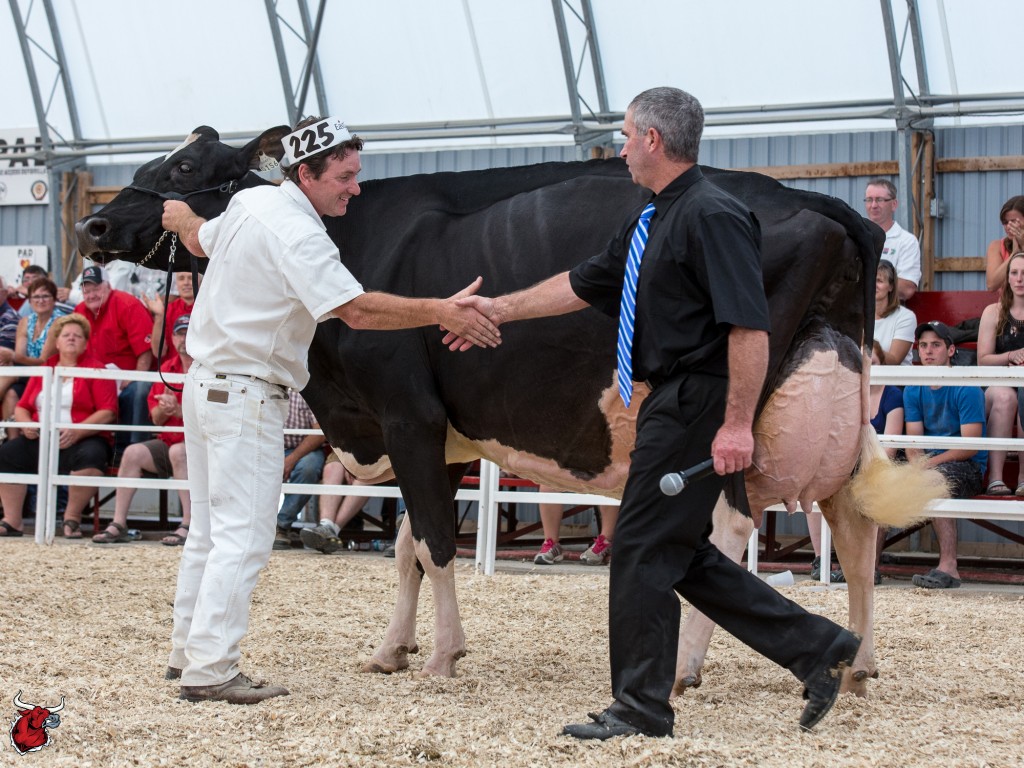














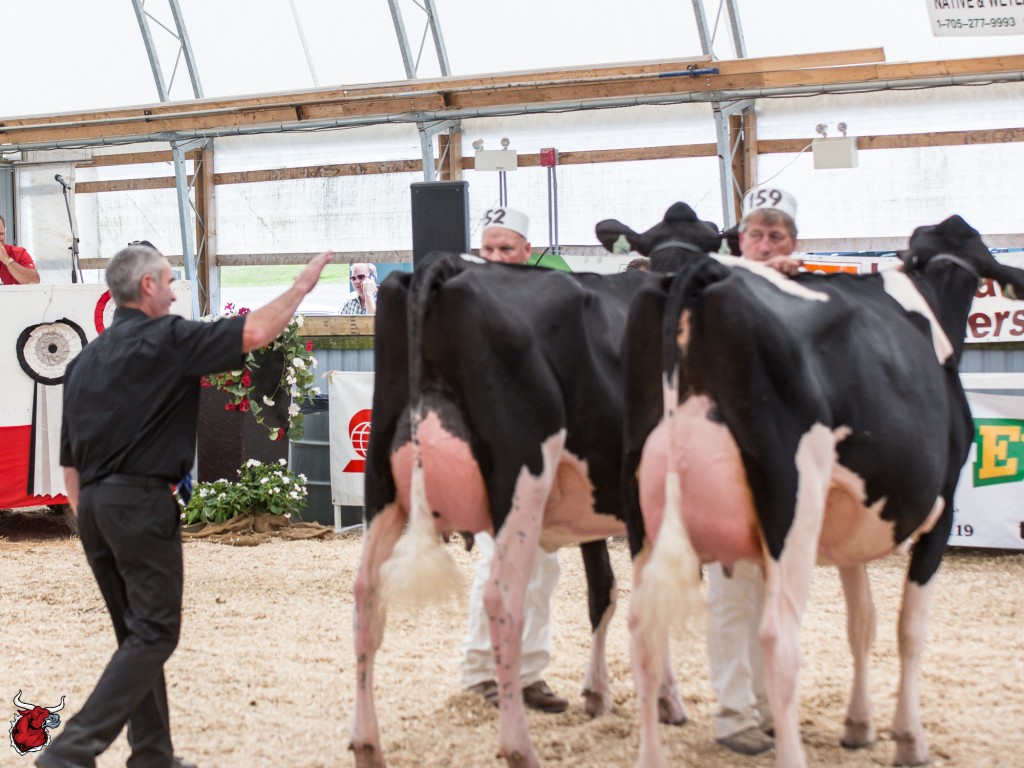







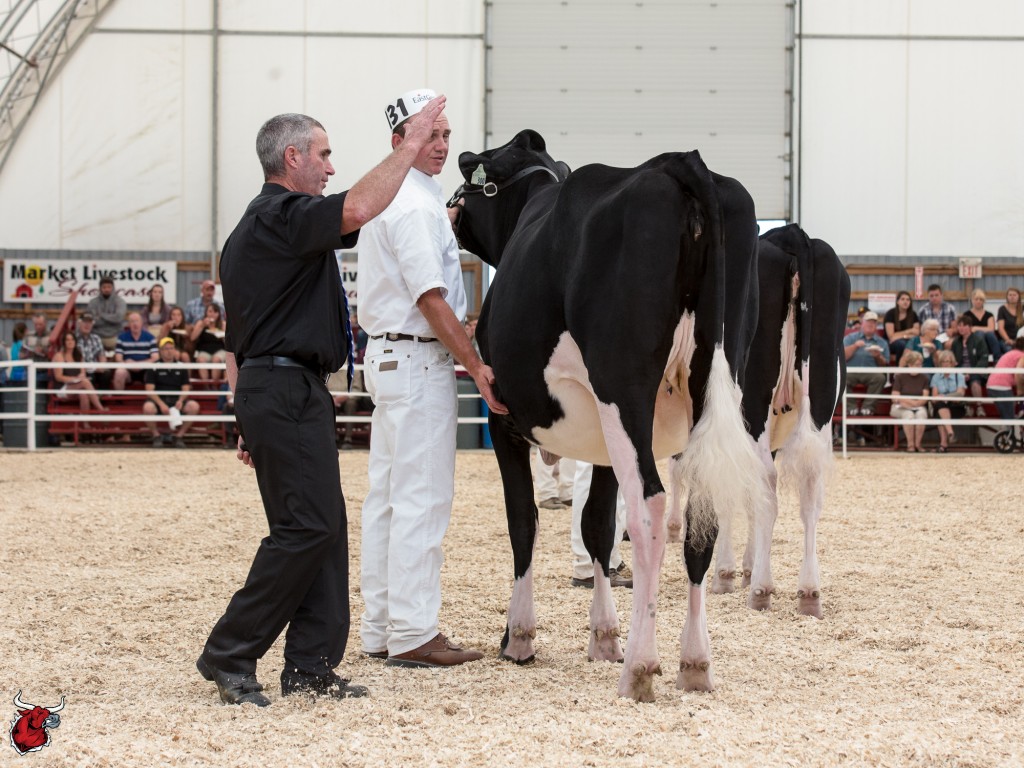














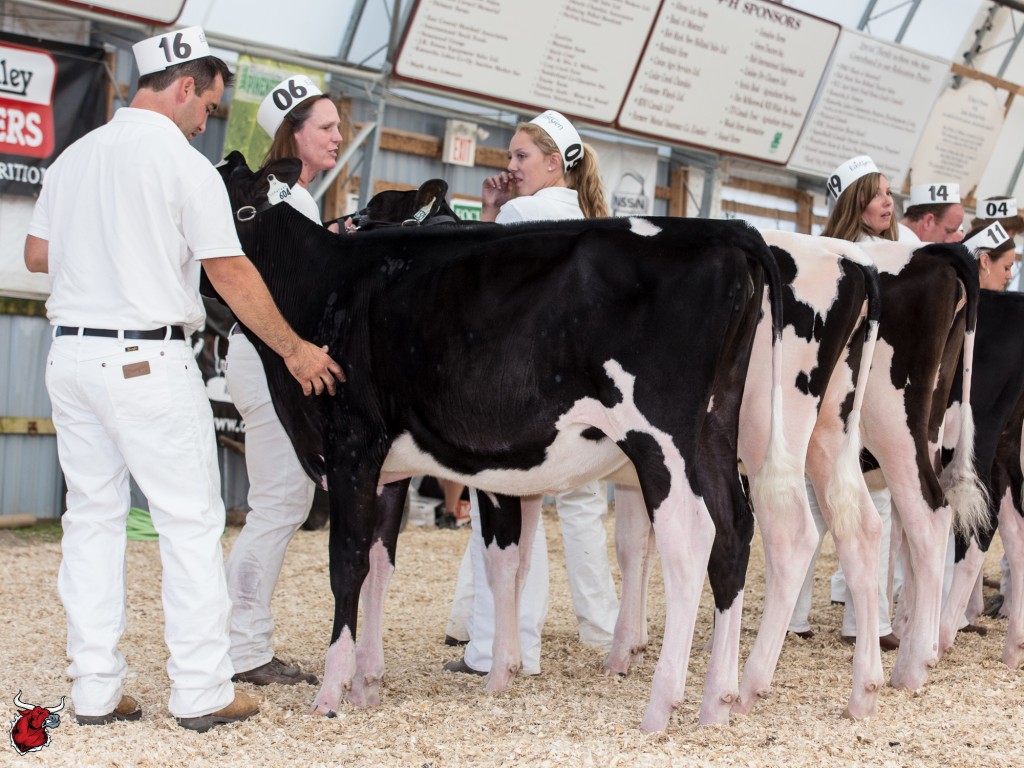
























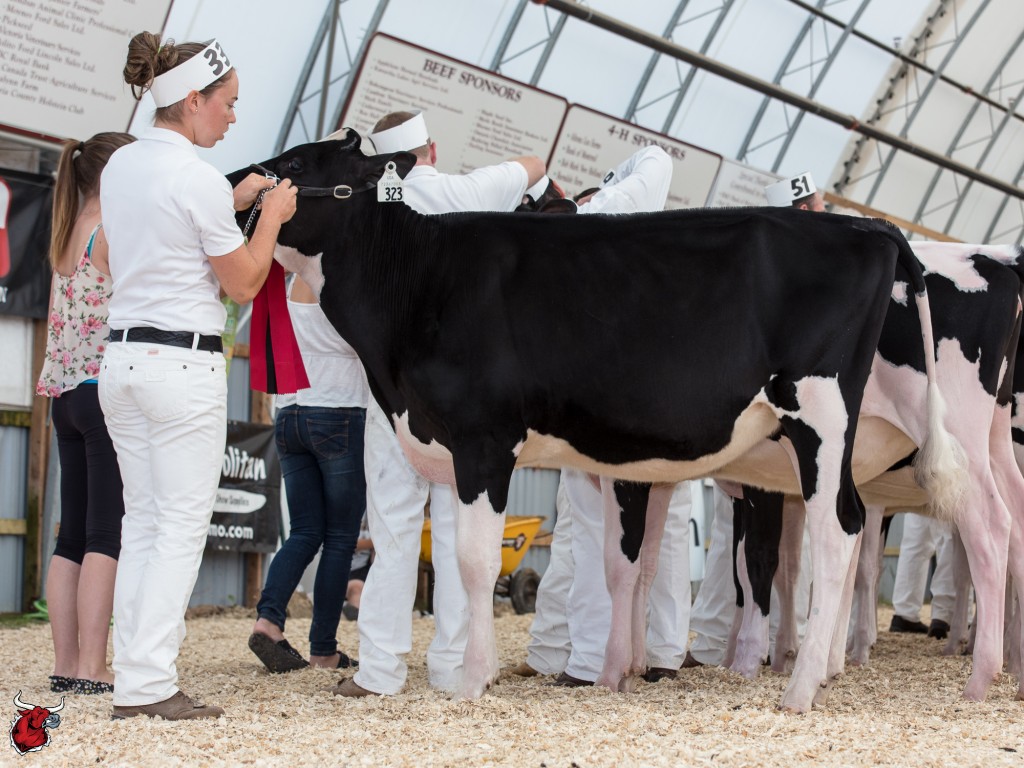











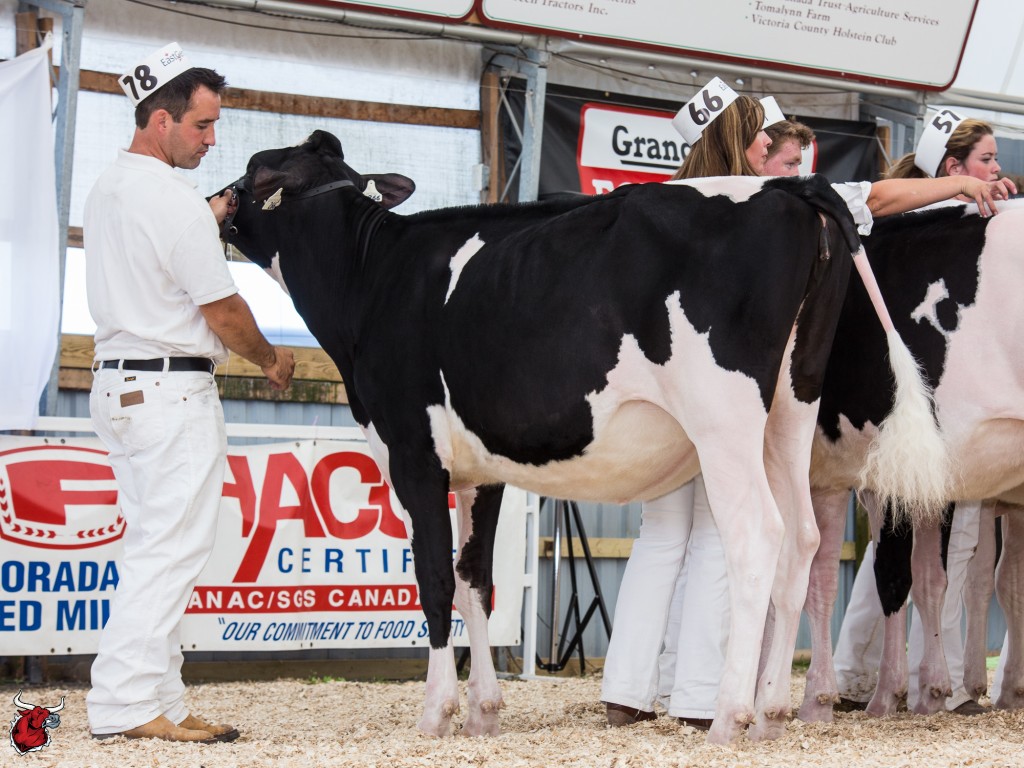























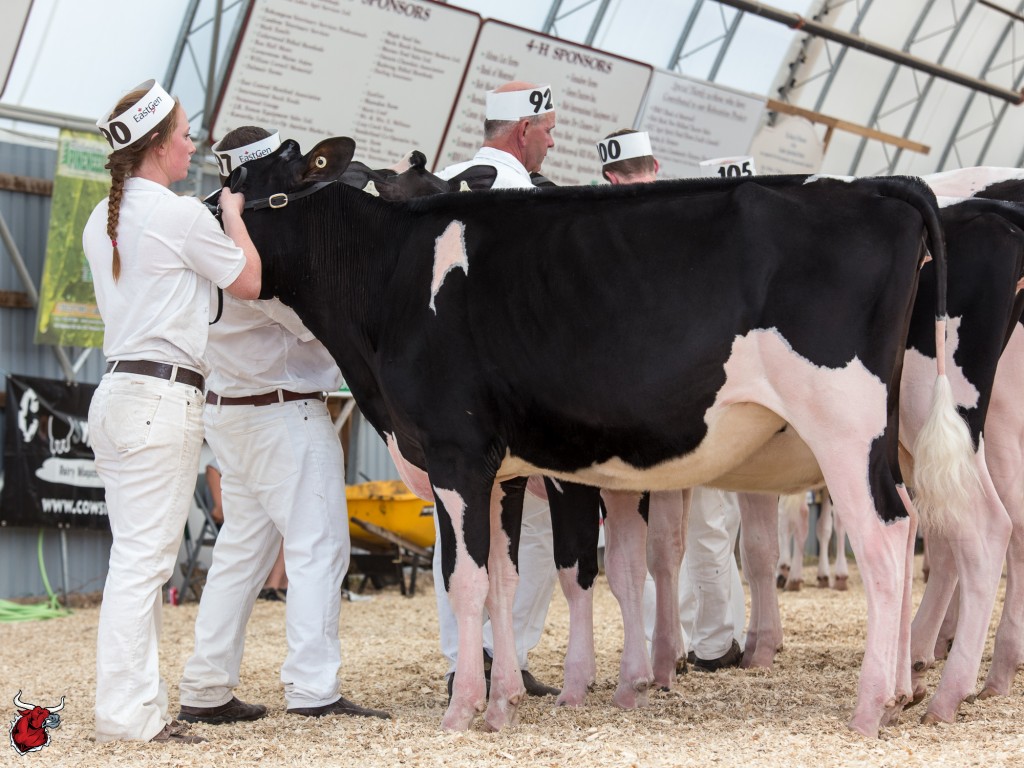






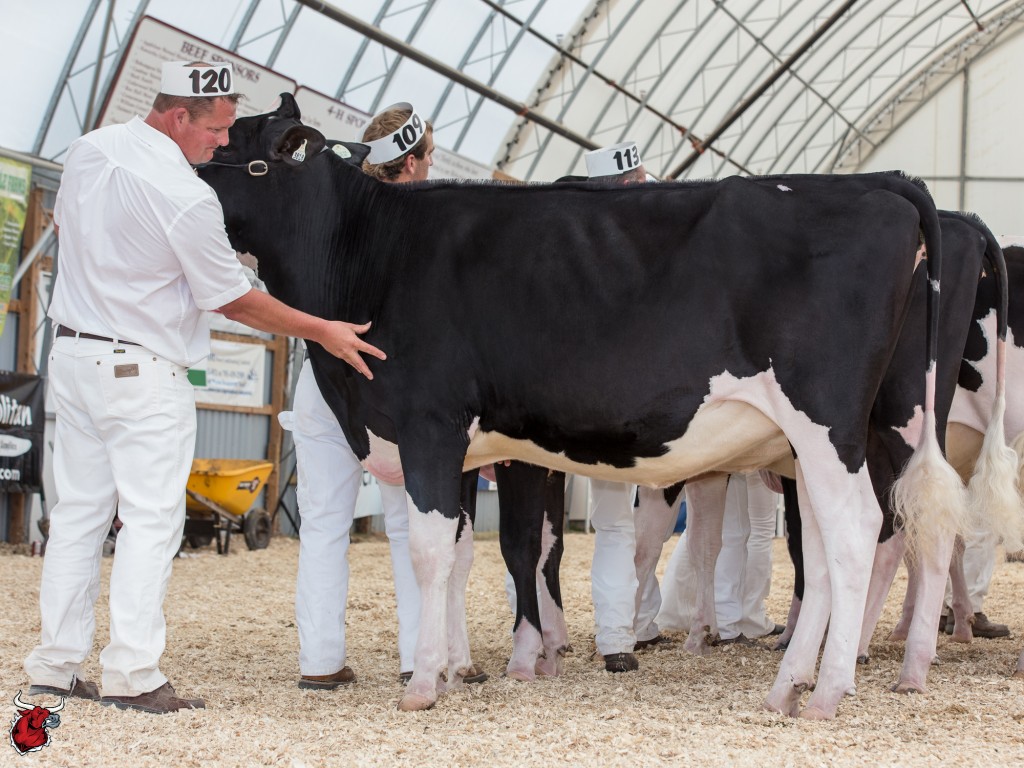














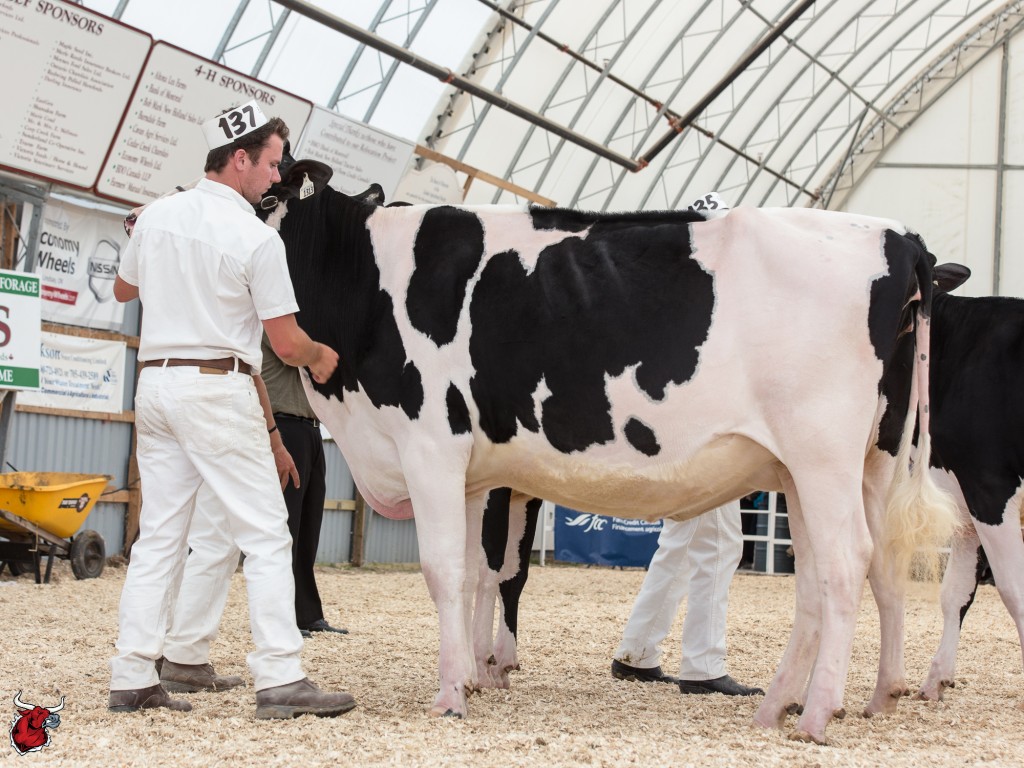












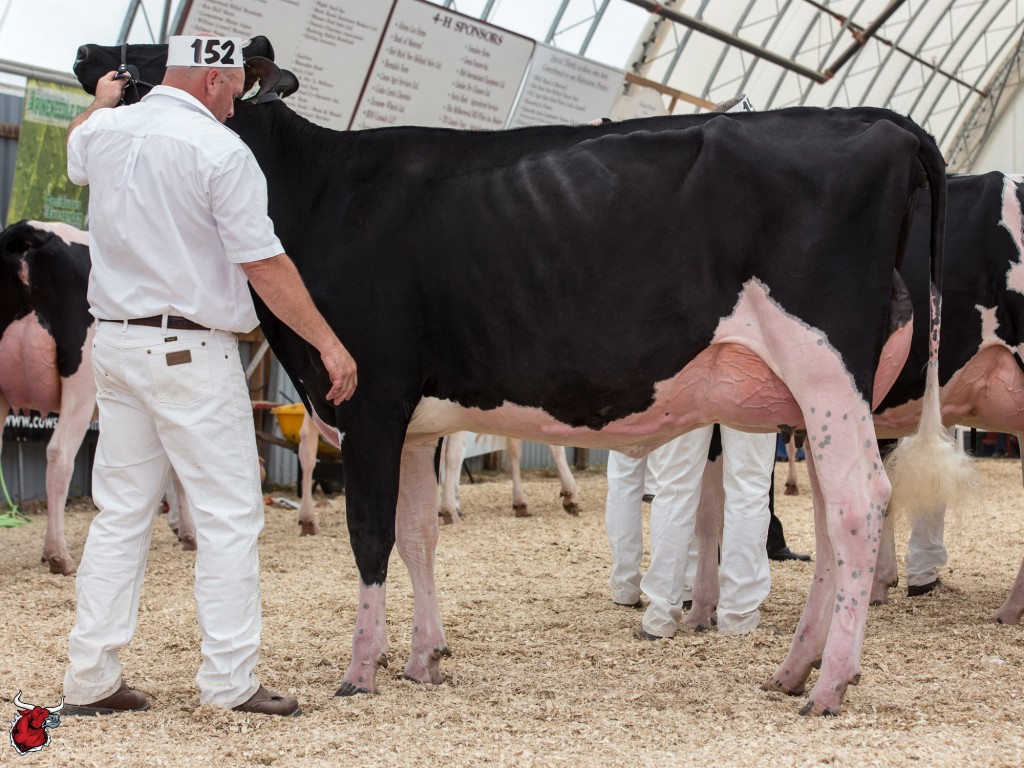




















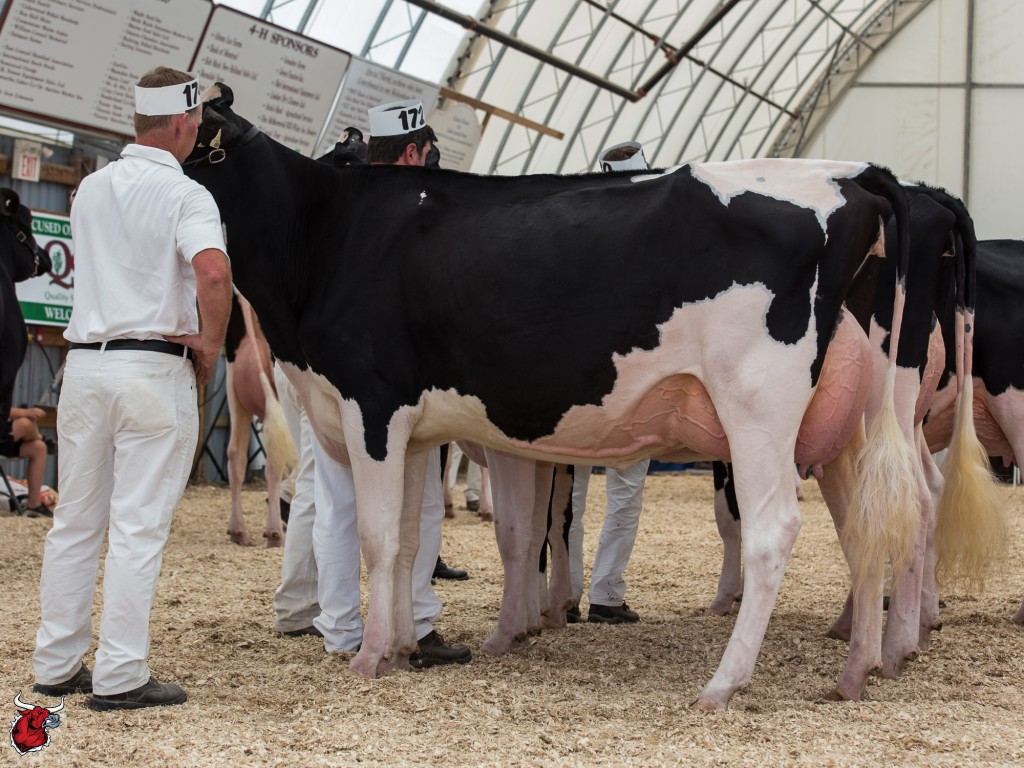
















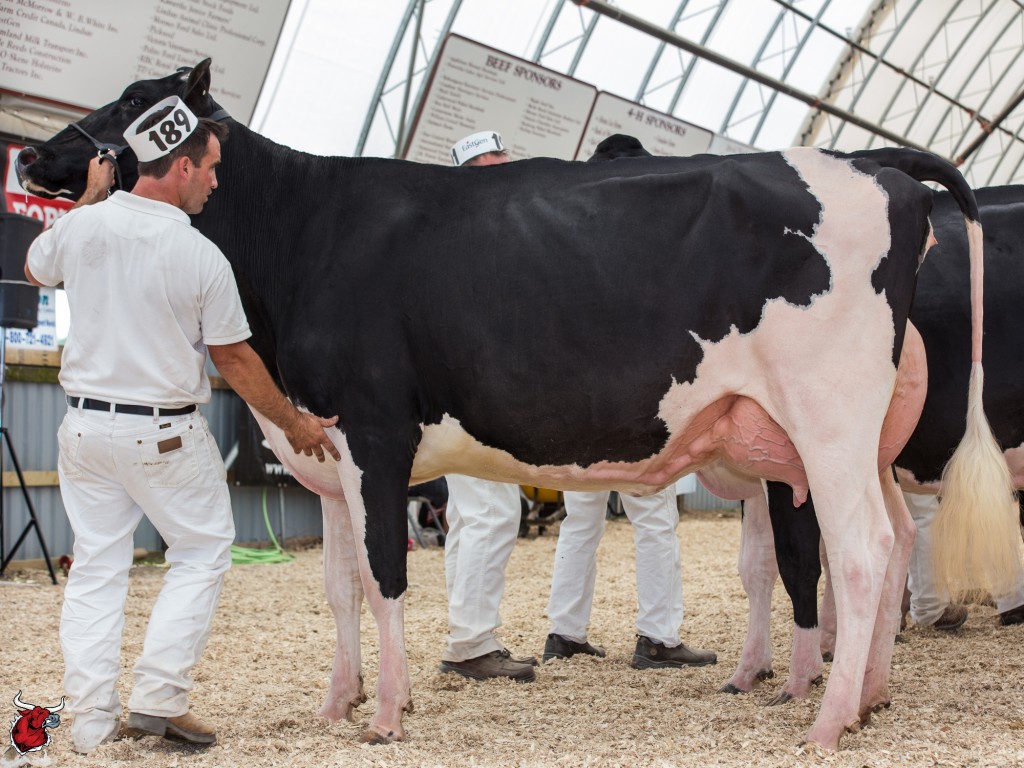






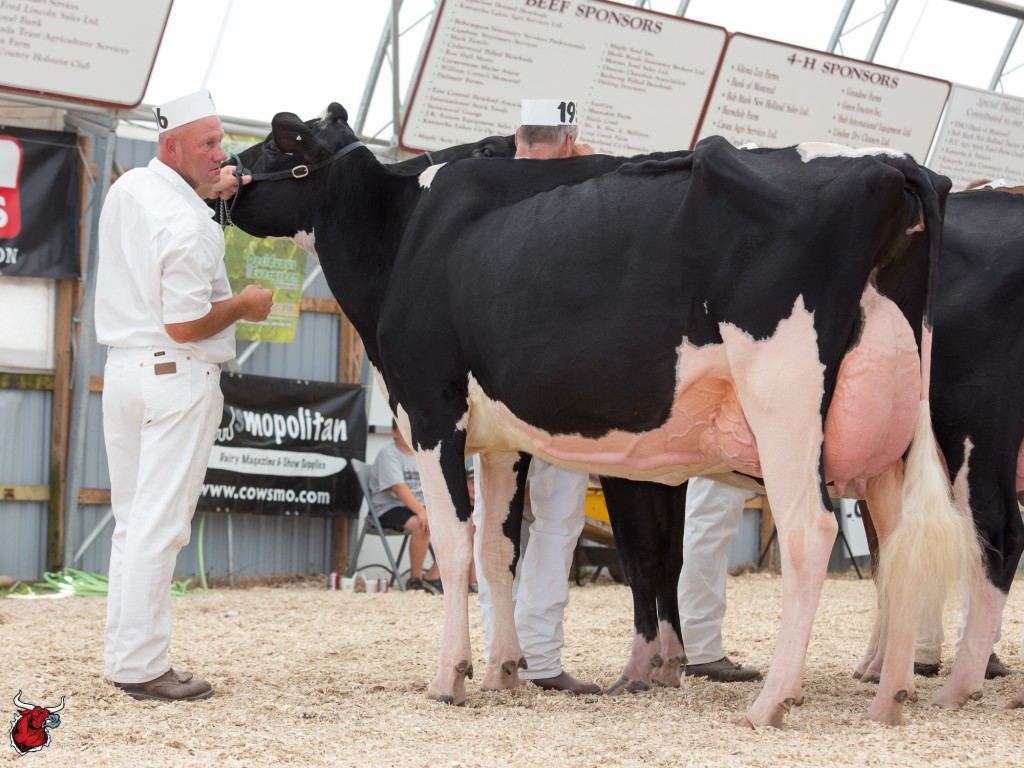











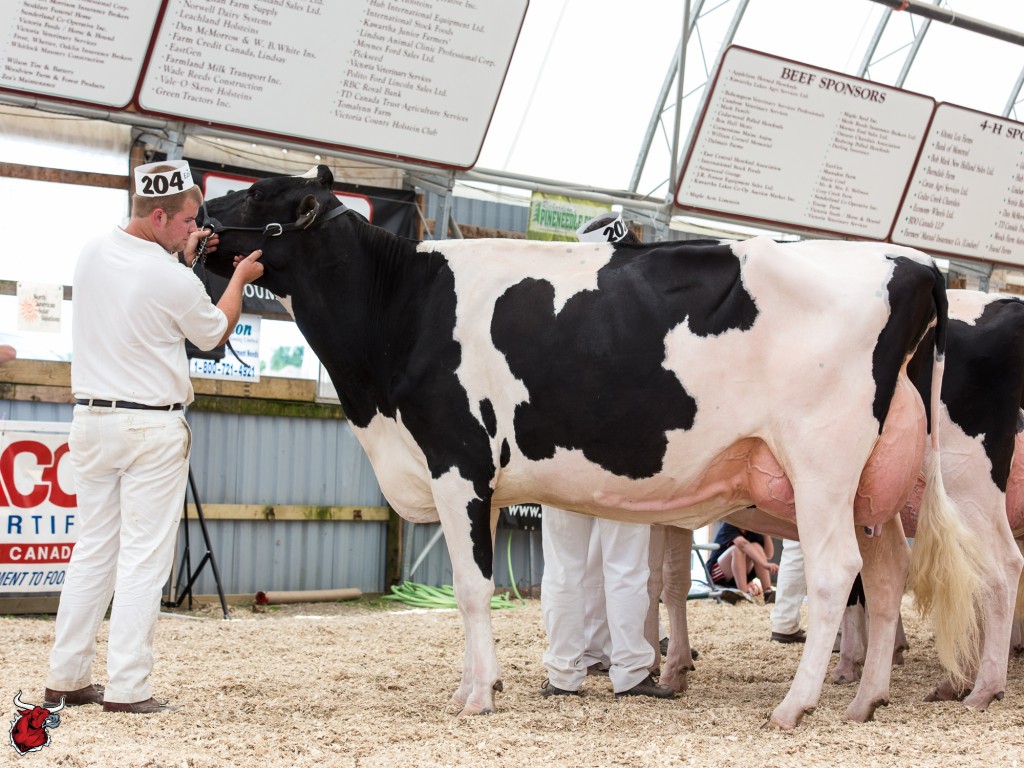




















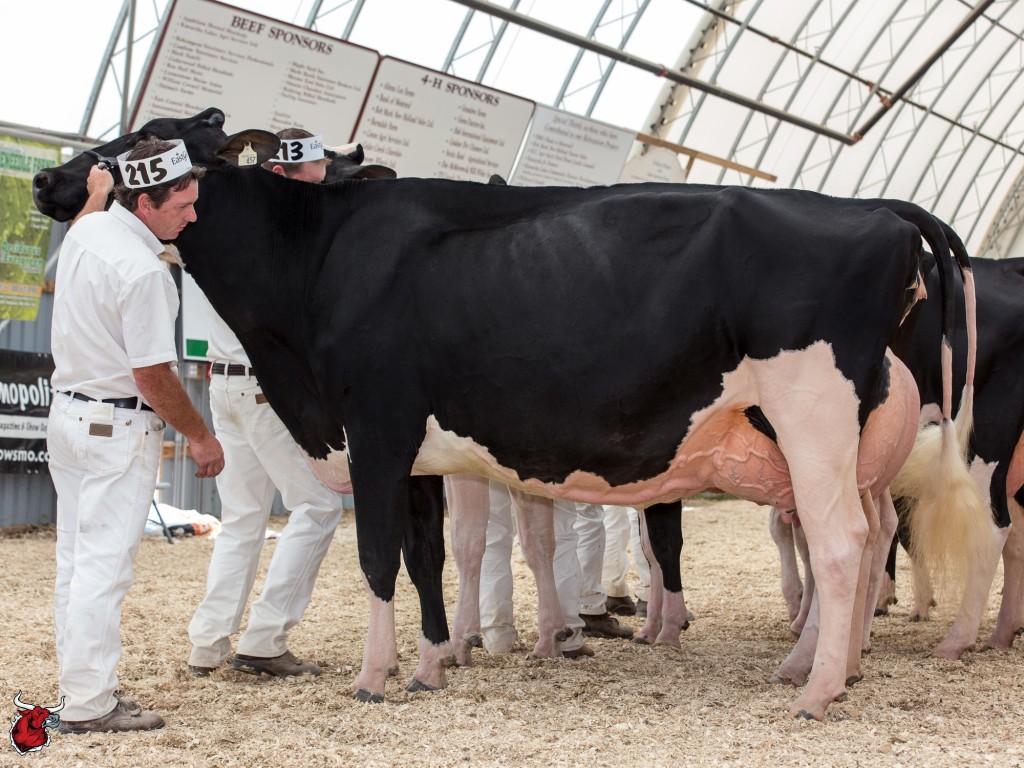









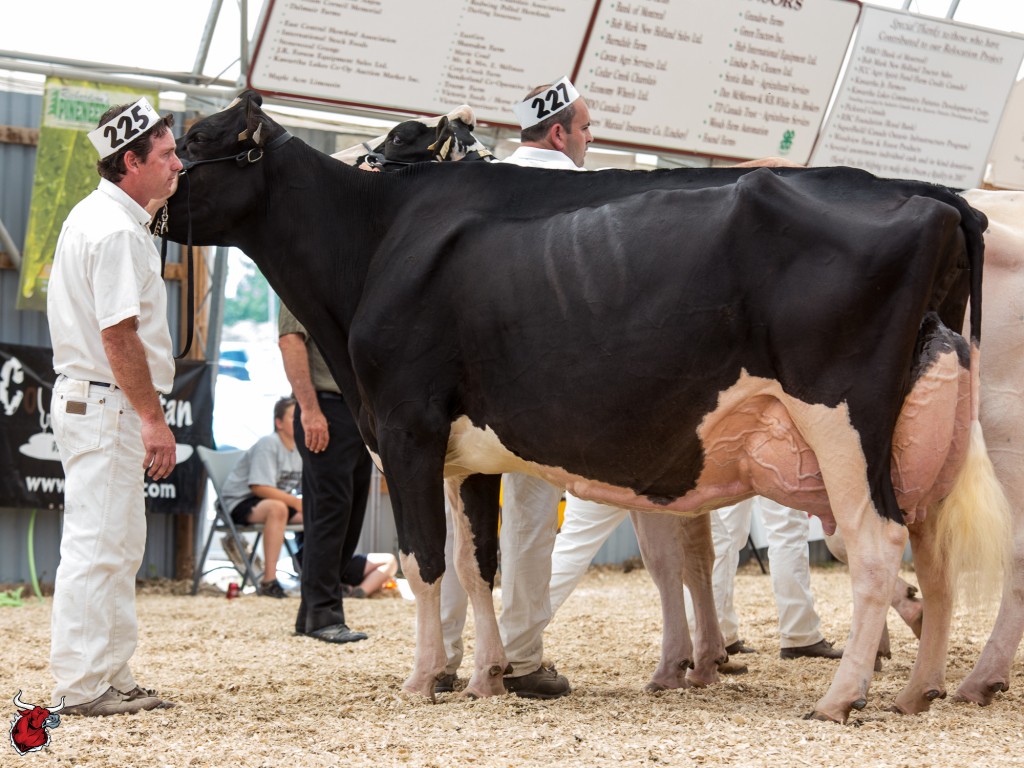












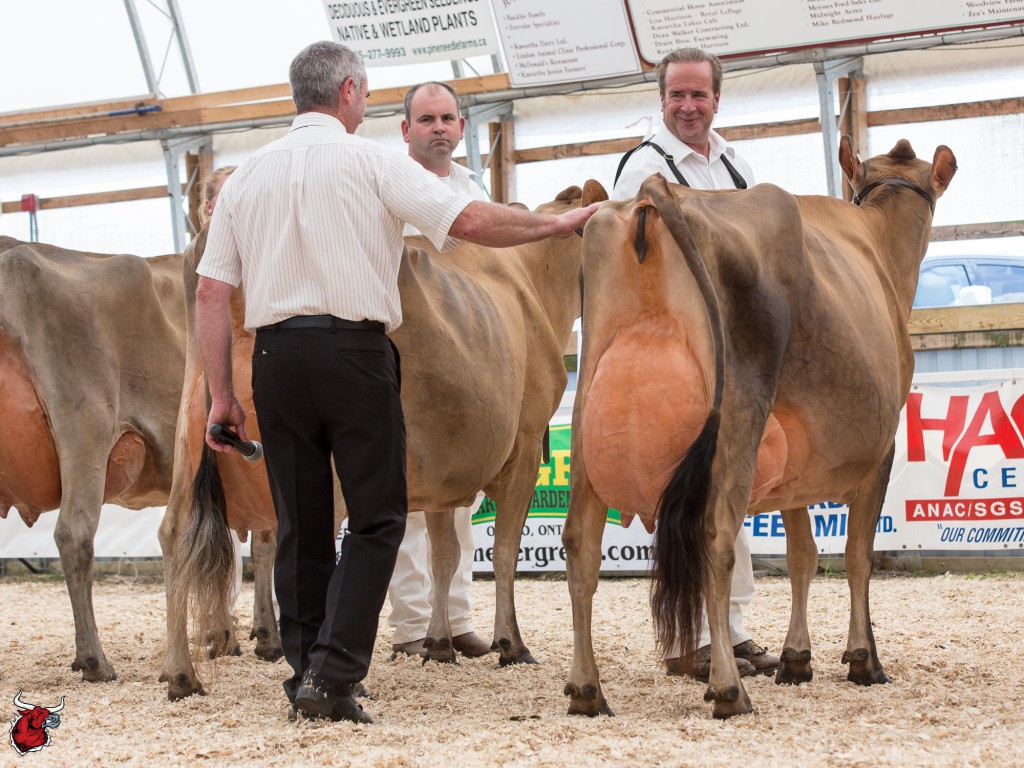












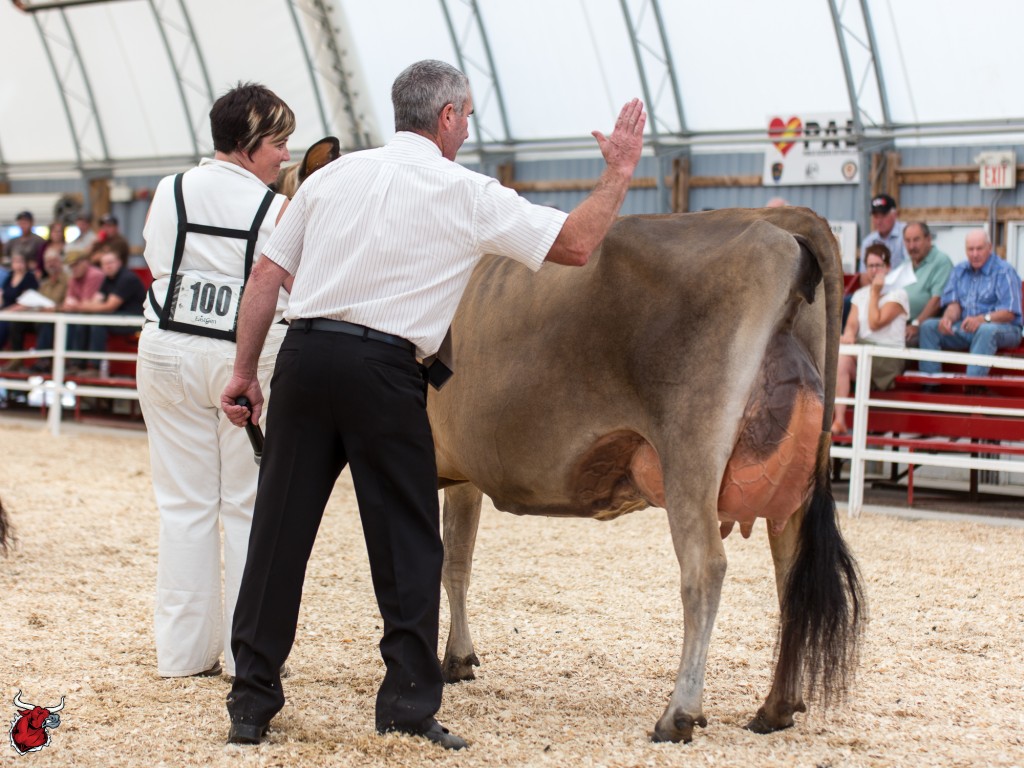






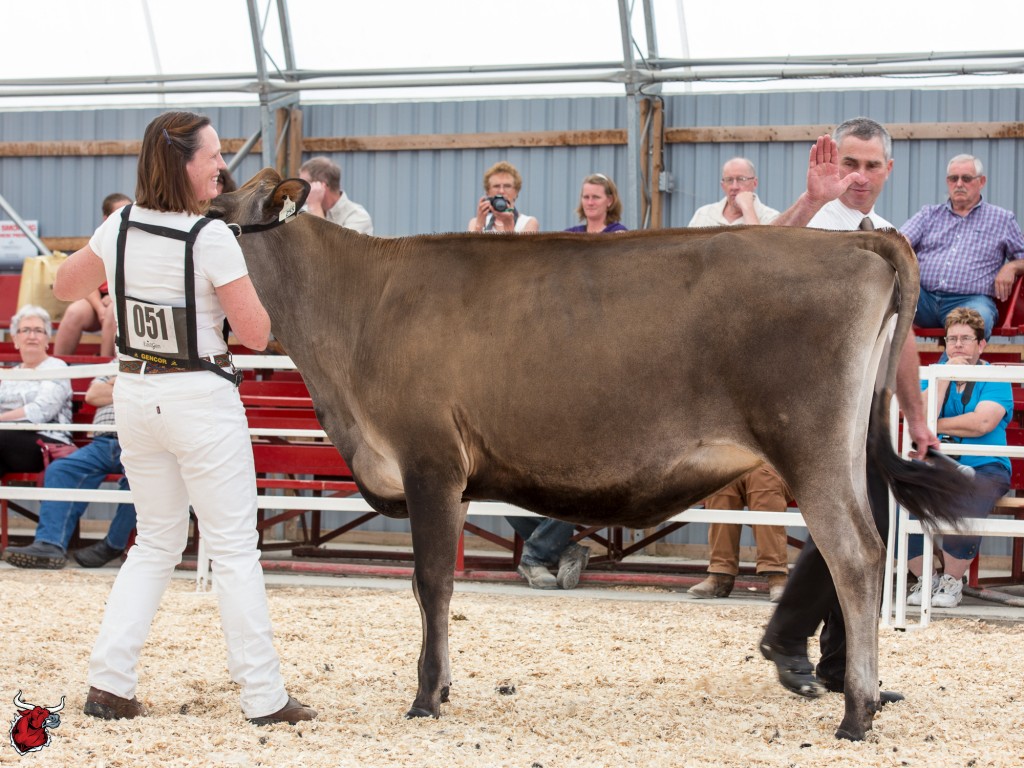













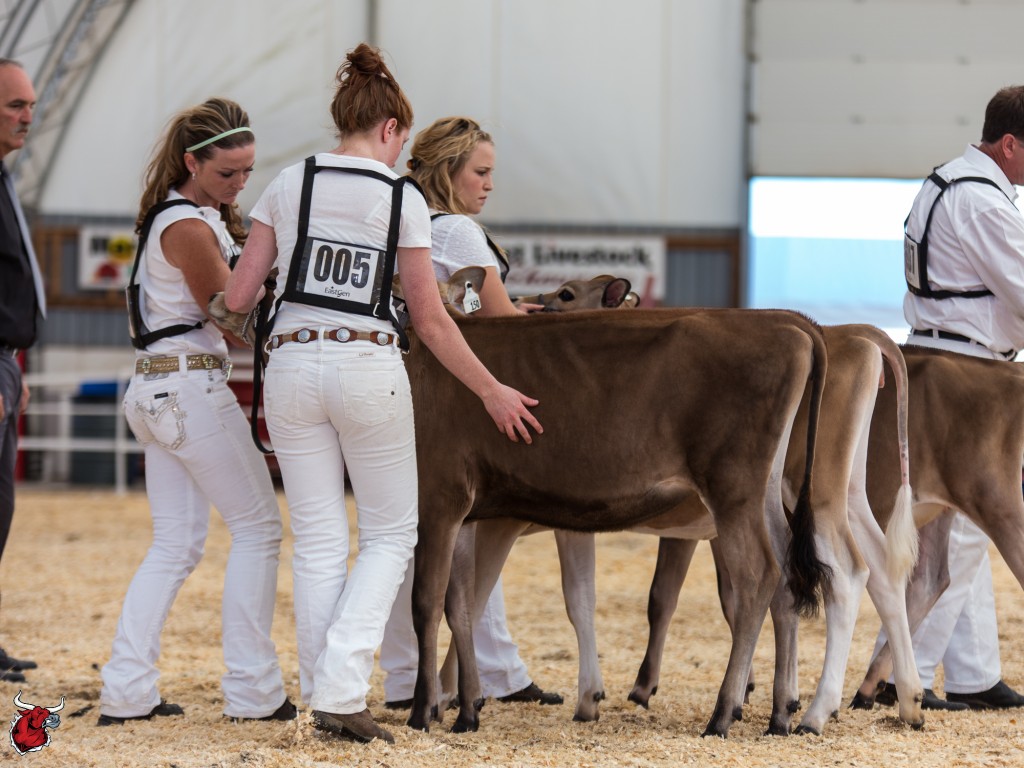
















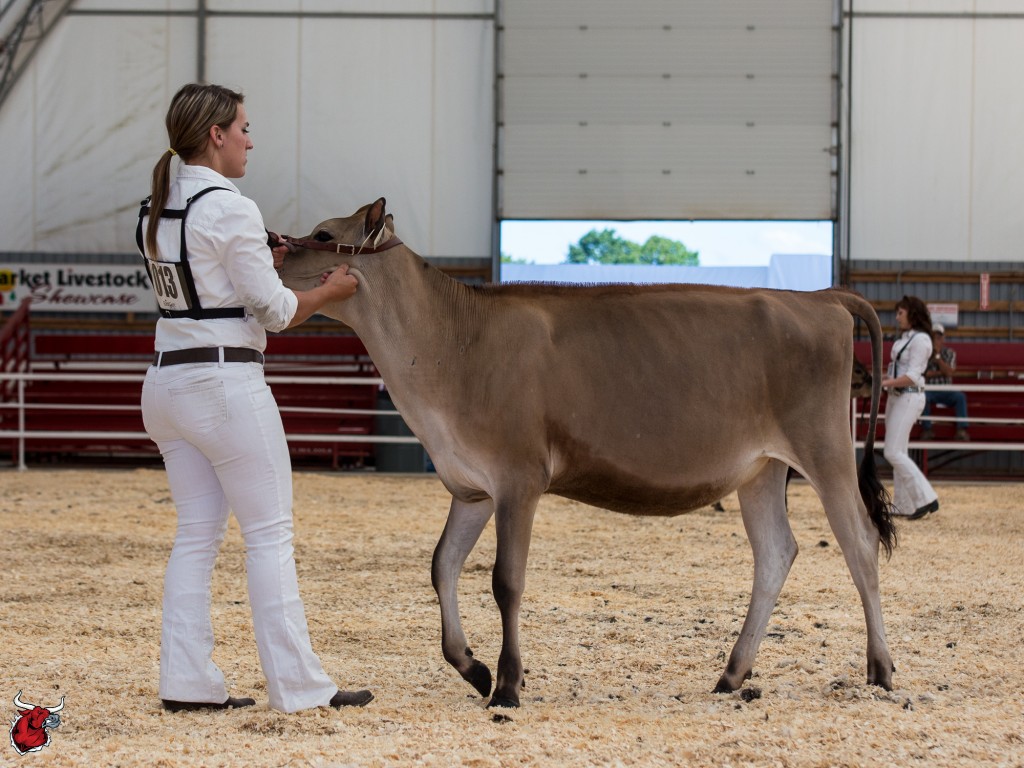














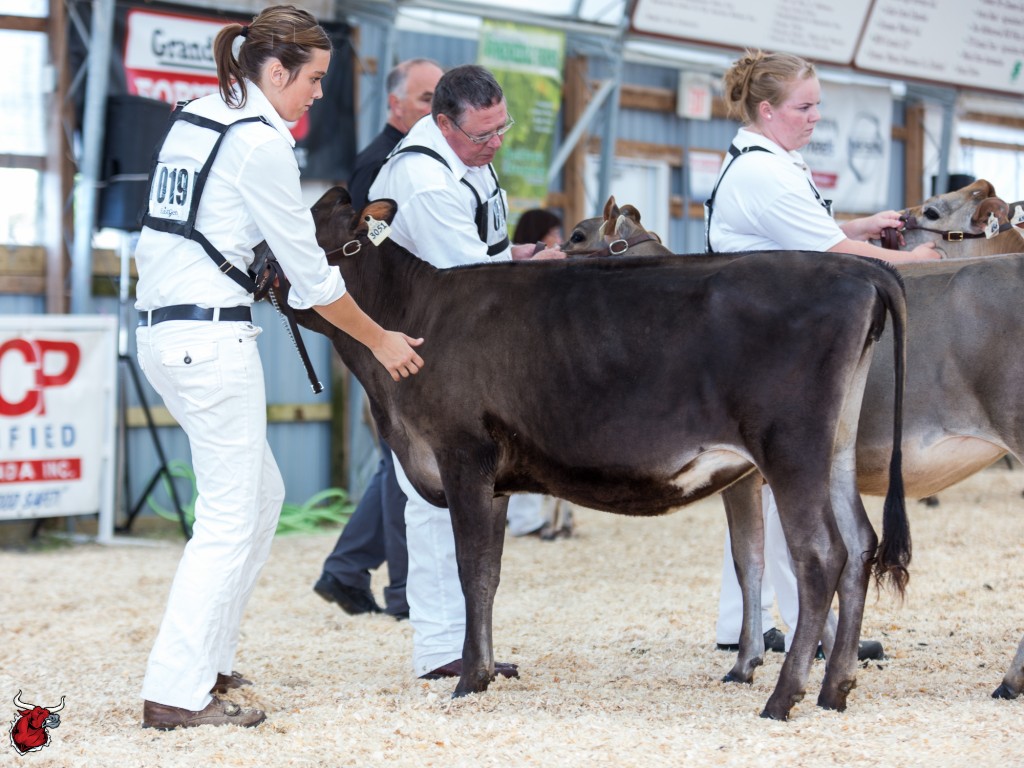

























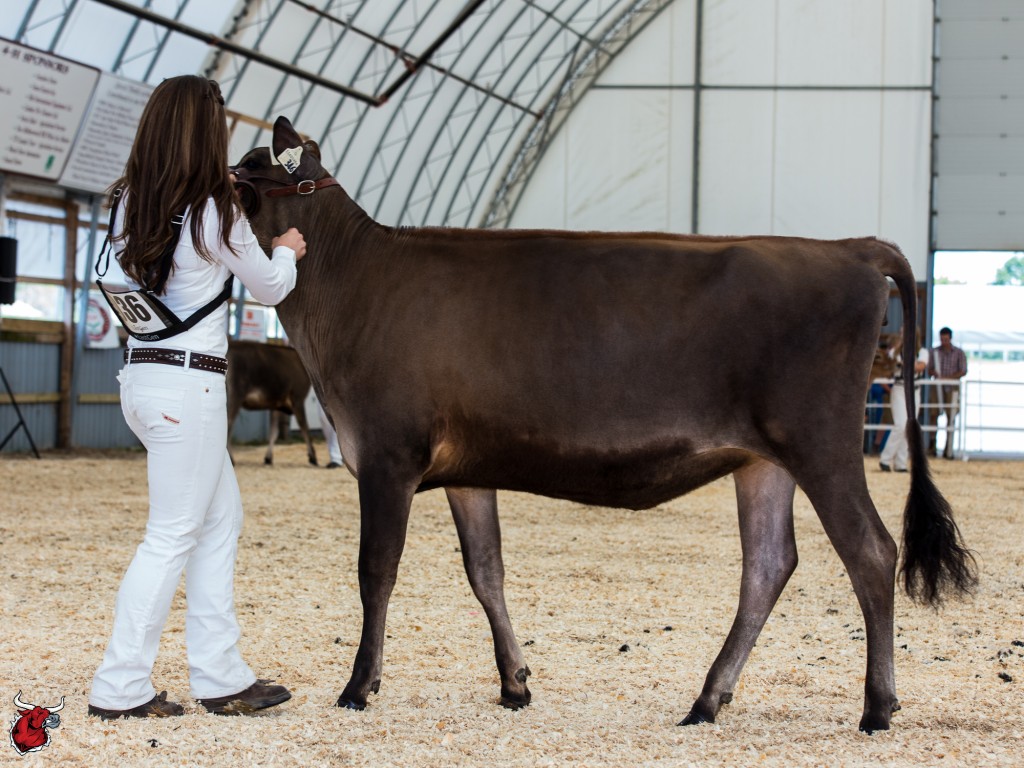













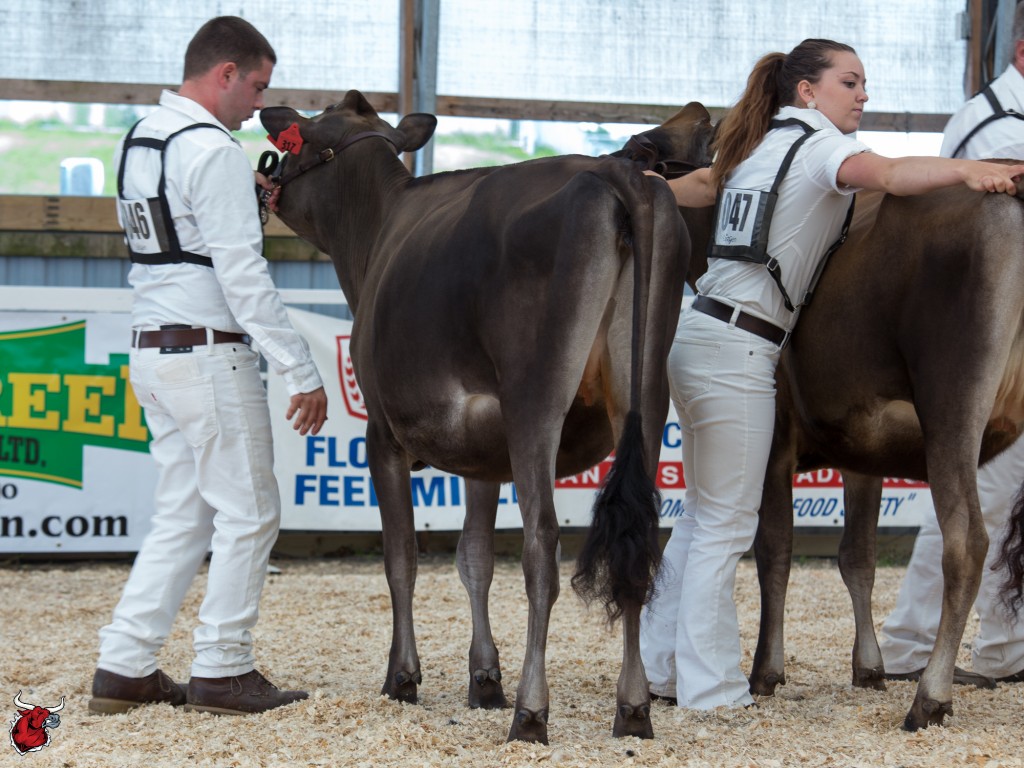












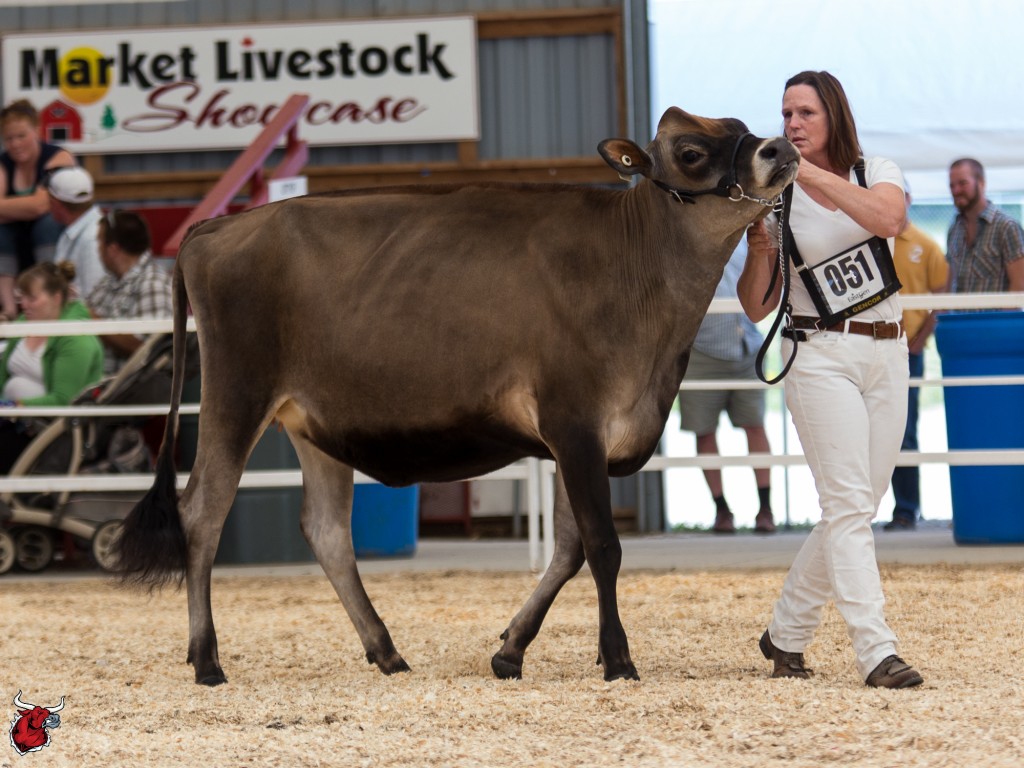






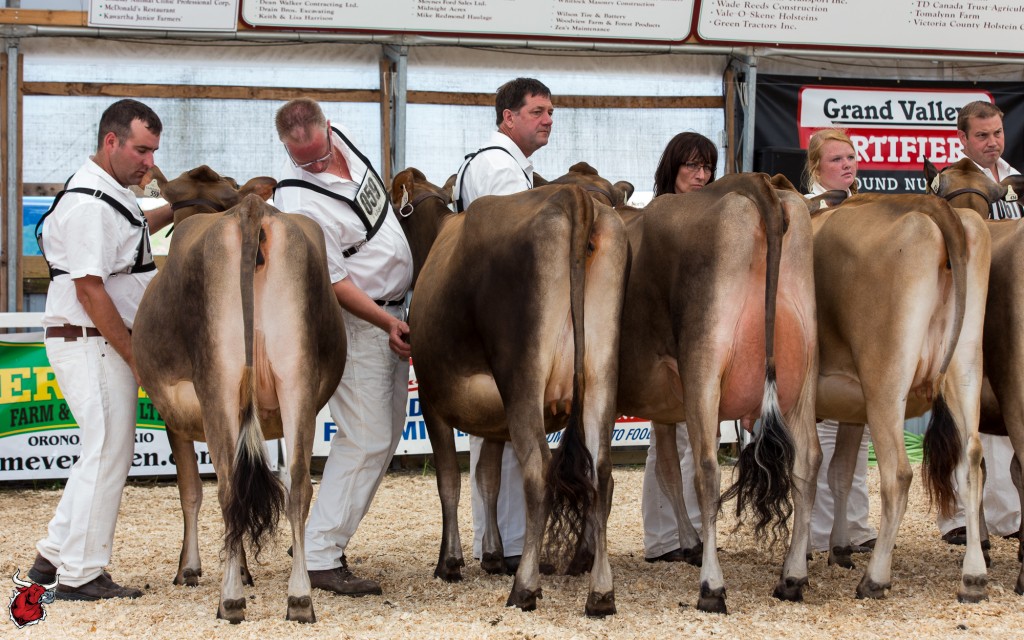








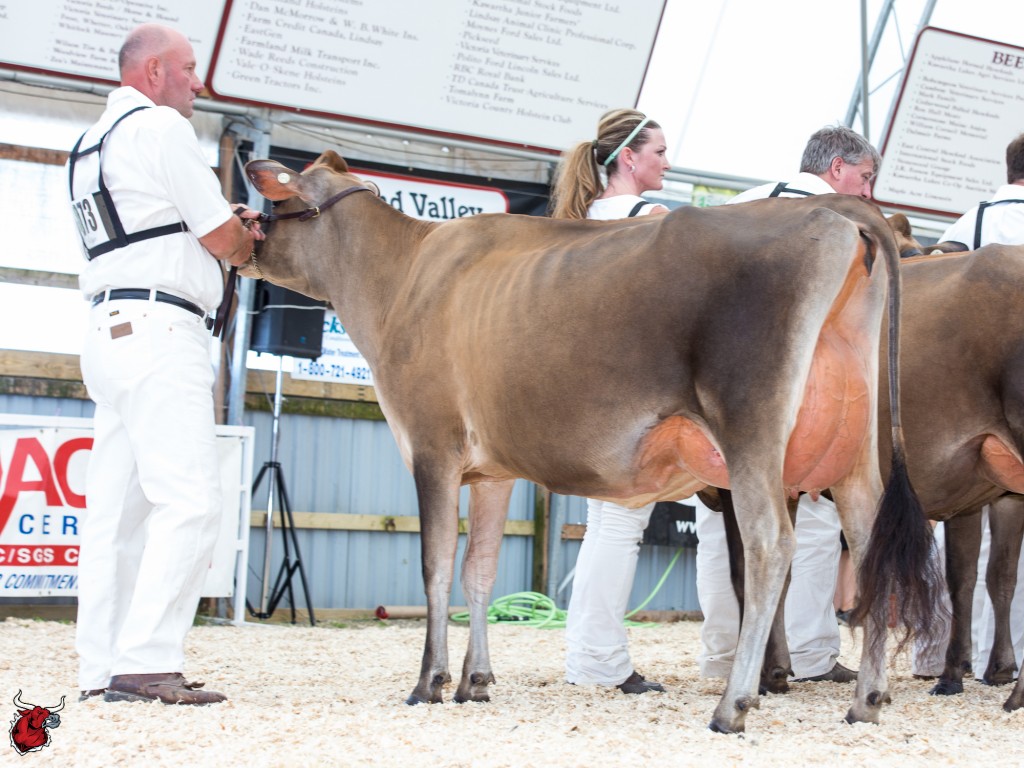




















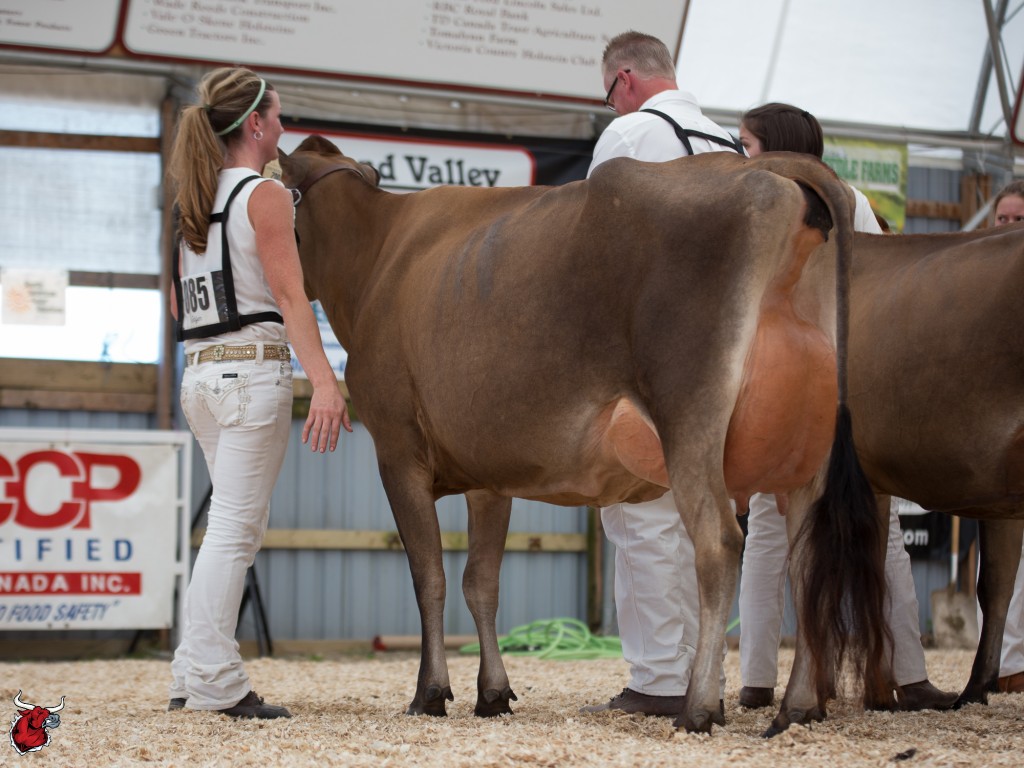












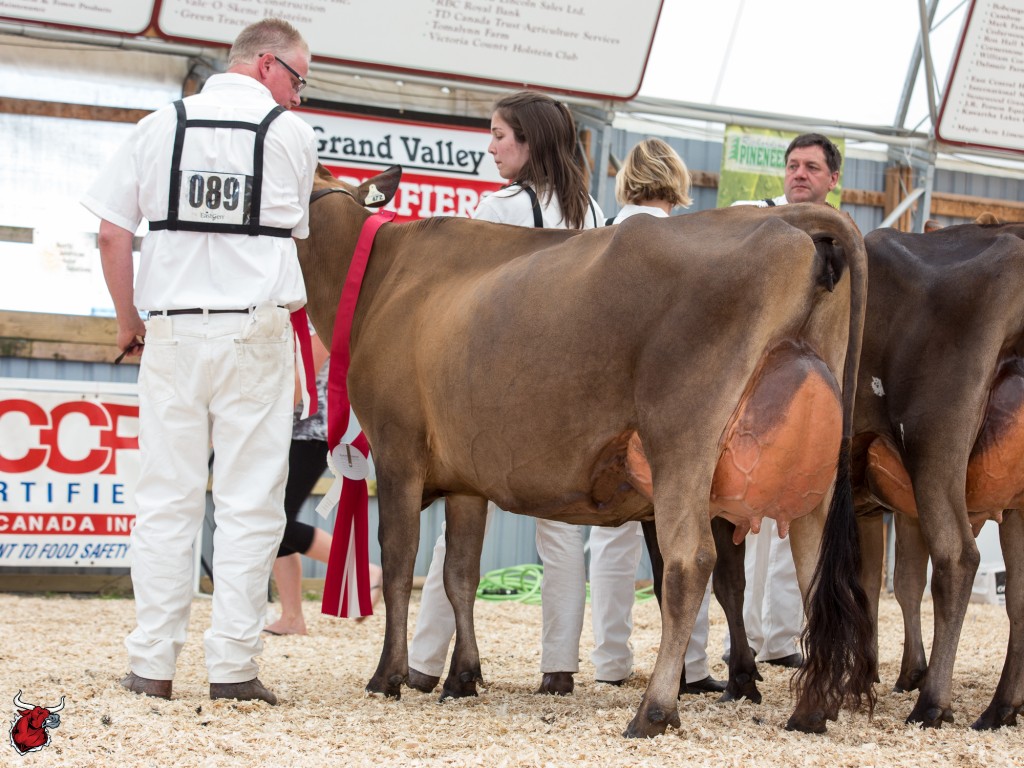














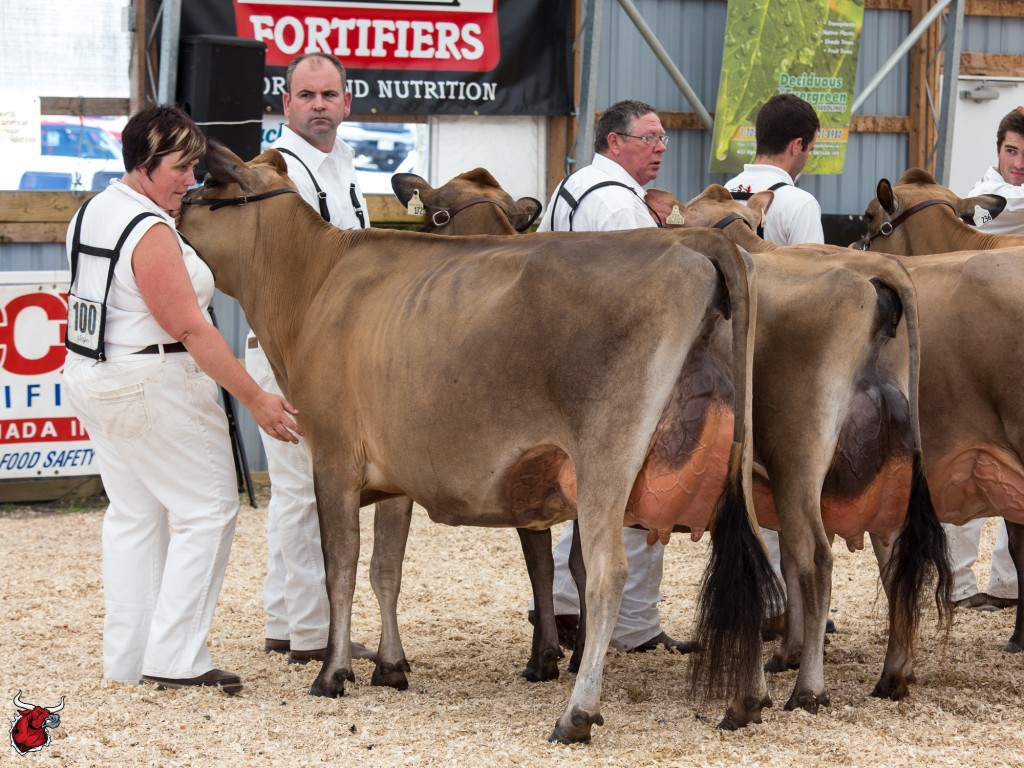



















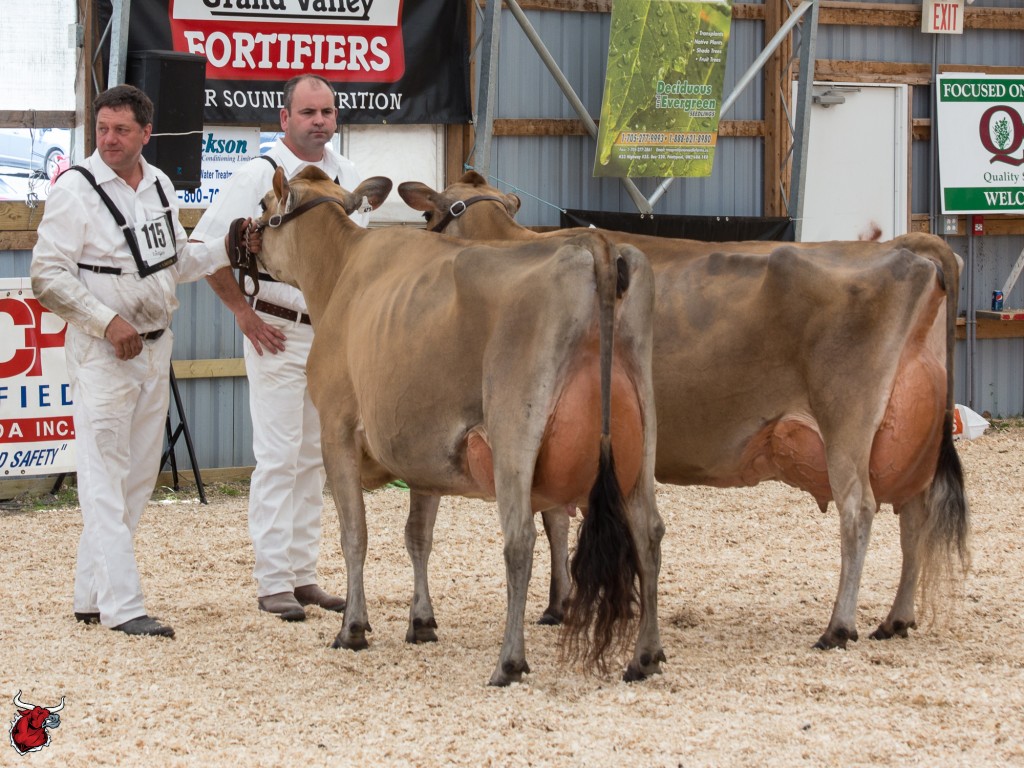
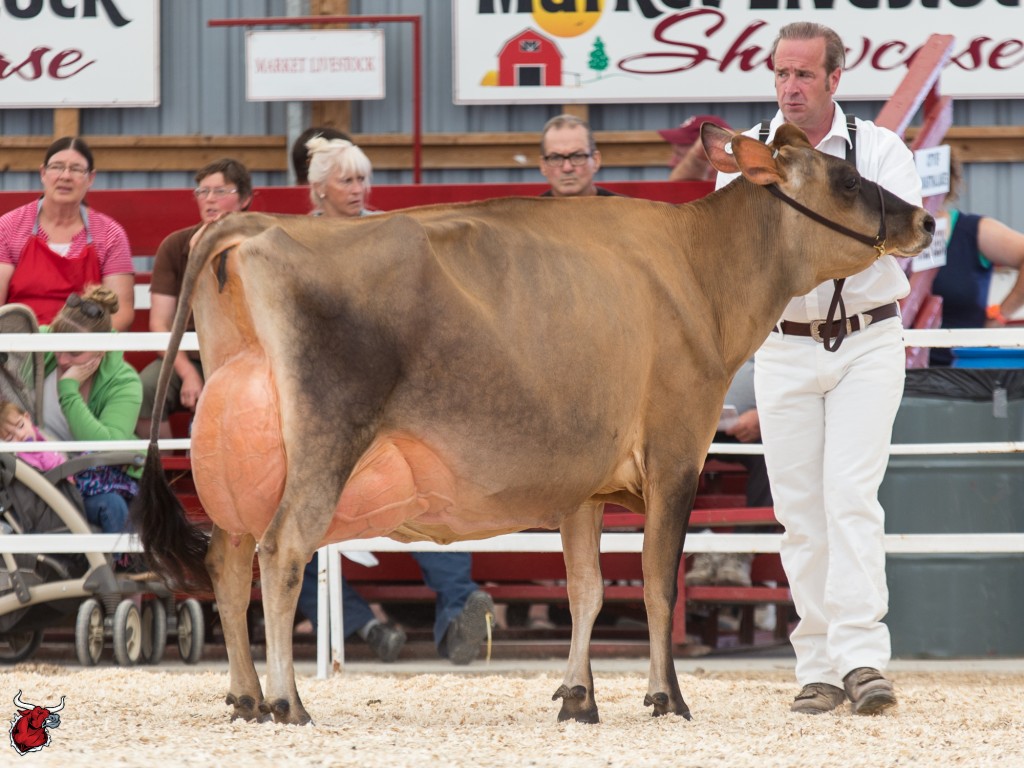










![617222_4322522095873_1631144029_o[1]](https://www.thebullvine.com/wp-content/uploads/2014/07/617222_4322522095873_1631144029_o1-1024x731.jpg)
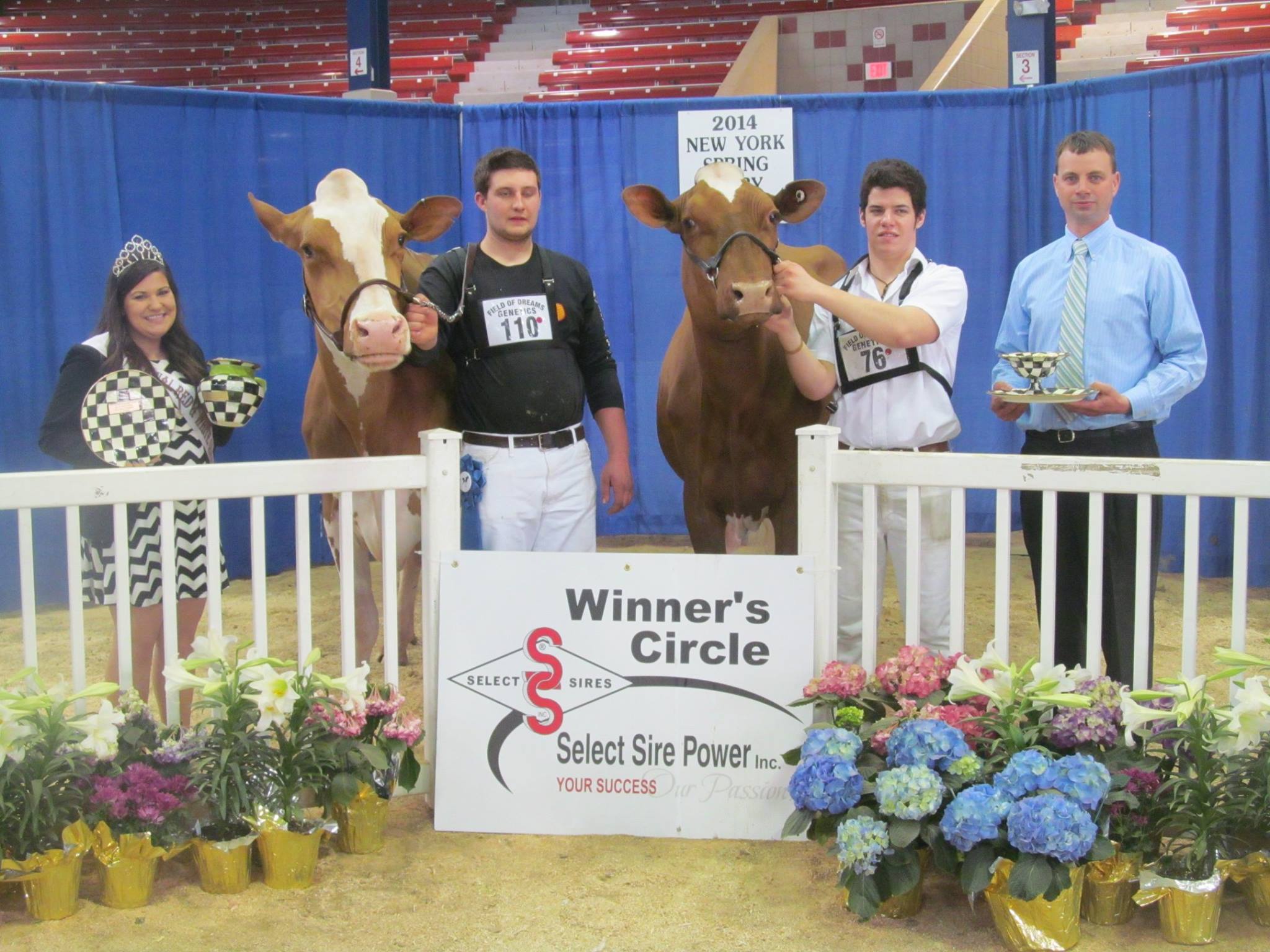
![1393945_554437224610901_27722843_n[1]](https://www.thebullvine.com/wp-content/uploads/2014/07/1393945_554437224610901_27722843_n1.jpg)
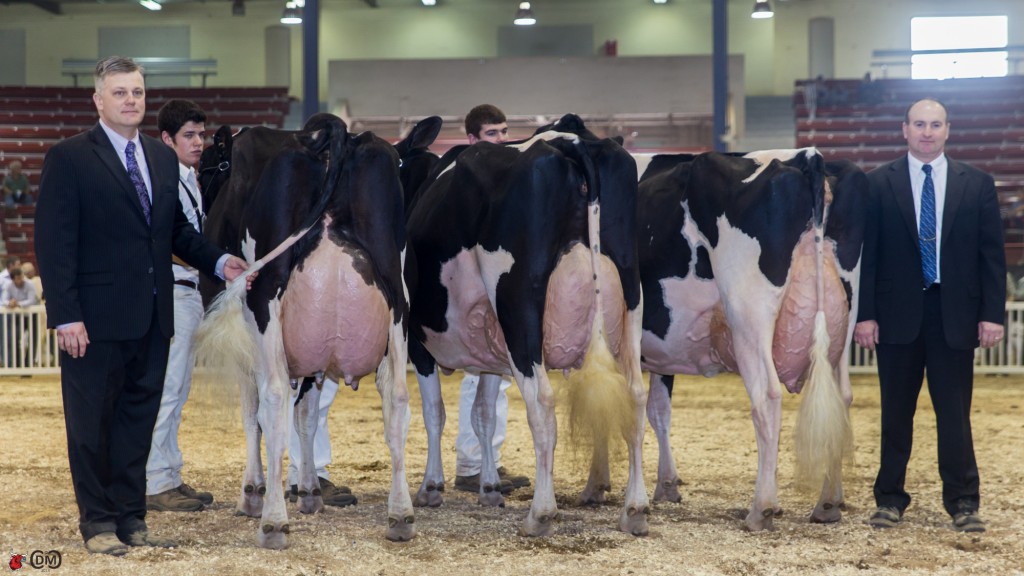
![1151036_10152139324904056_1362519803_n[1]](https://www.thebullvine.com/wp-content/uploads/2014/07/1151036_10152139324904056_1362519803_n1.jpg)
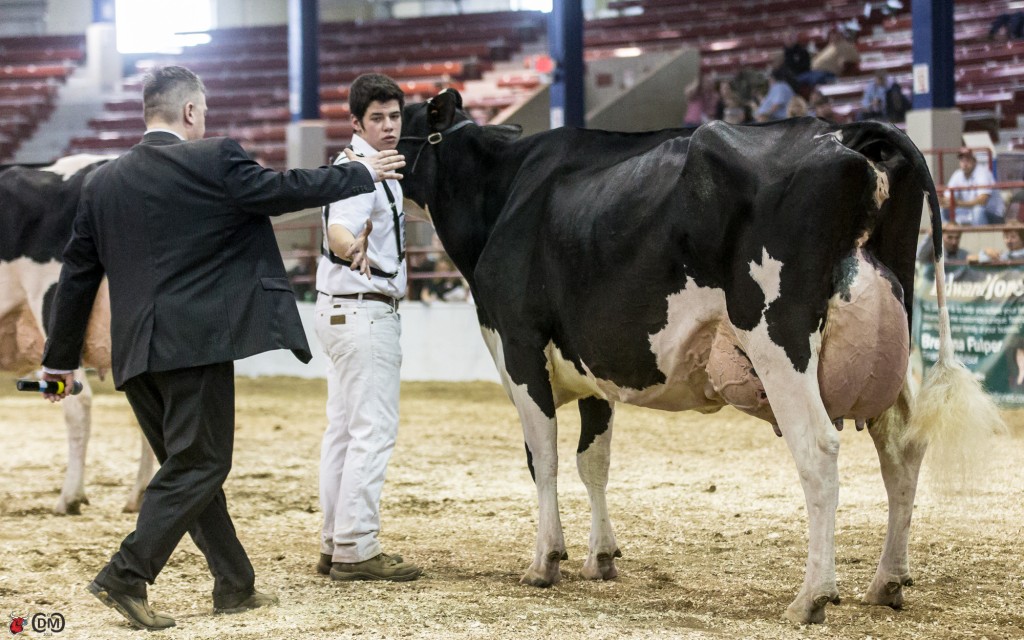
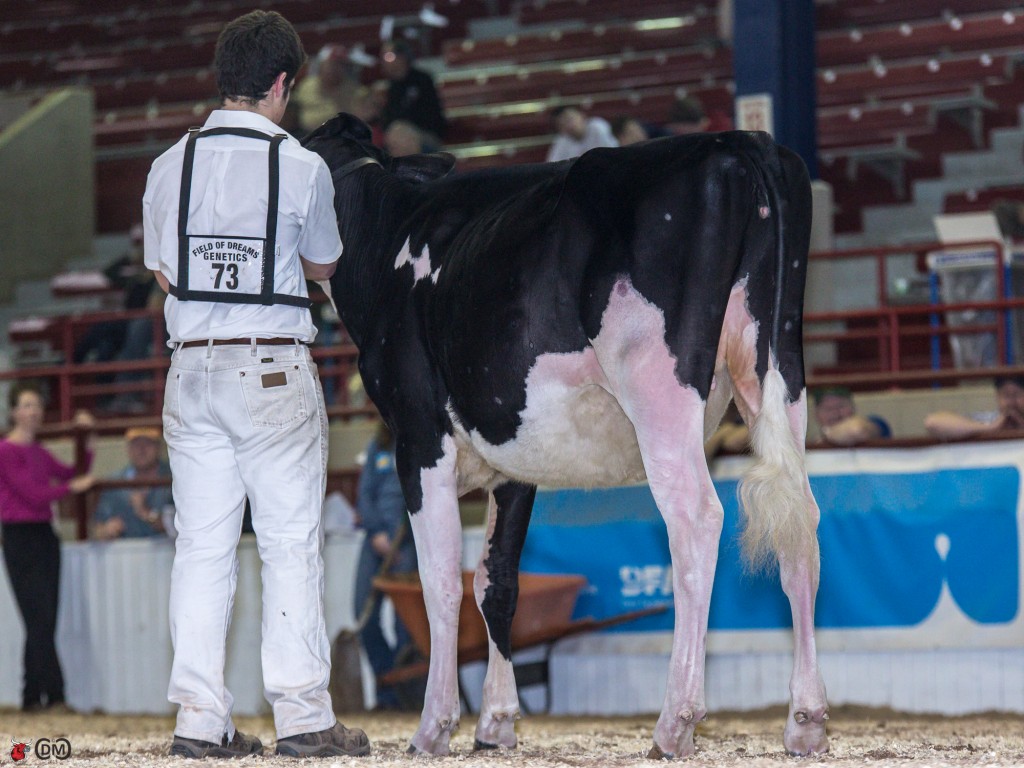
![601785_10201547705547543_1653151441_n[1]](https://www.thebullvine.com/wp-content/uploads/2014/07/601785_10201547705547543_1653151441_n1.jpg)
![ho000008724158[1]](https://www.thebullvine.com/wp-content/uploads/2014/07/ho0000087241581-1024x768.jpg)
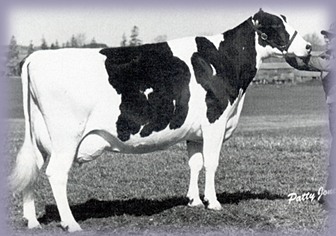
![54993[1]](https://www.thebullvine.com/wp-content/uploads/2014/07/549931.jpg)
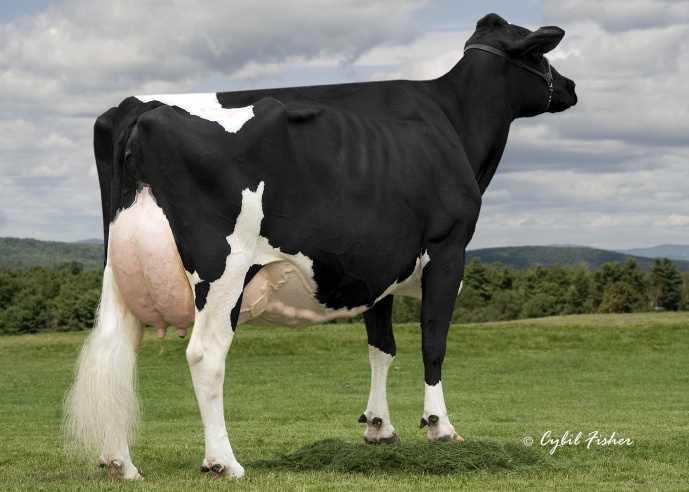
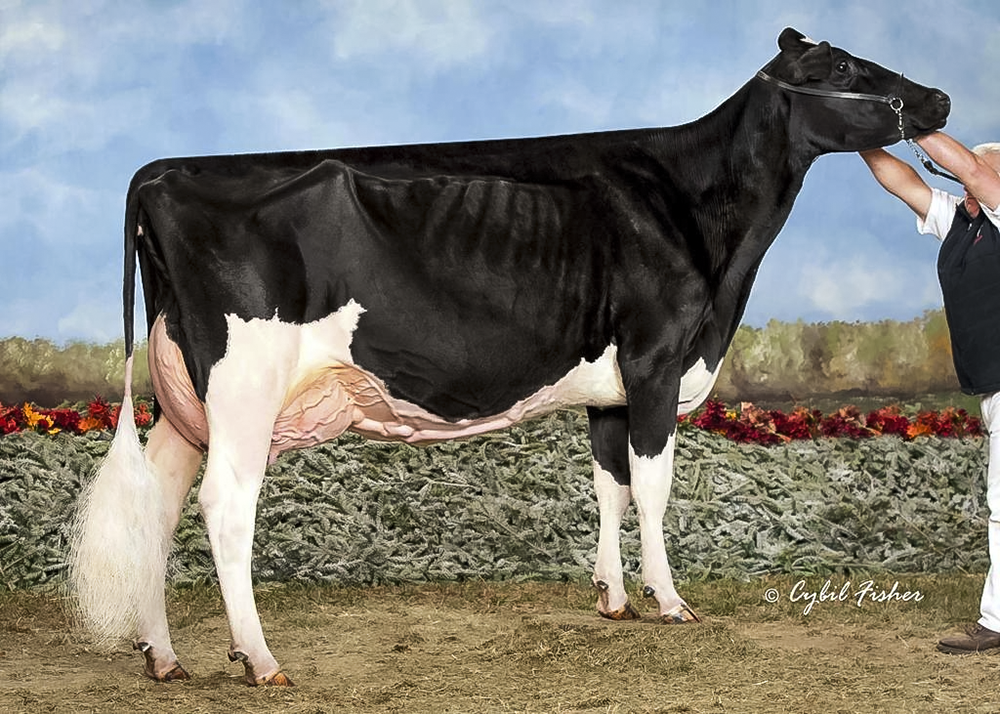
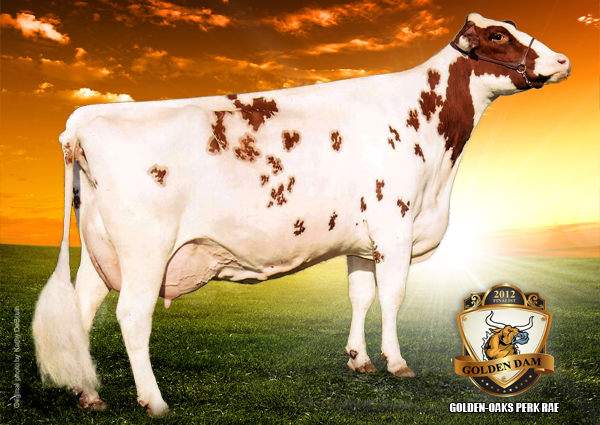
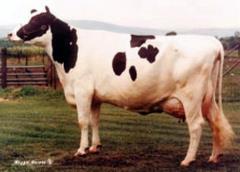

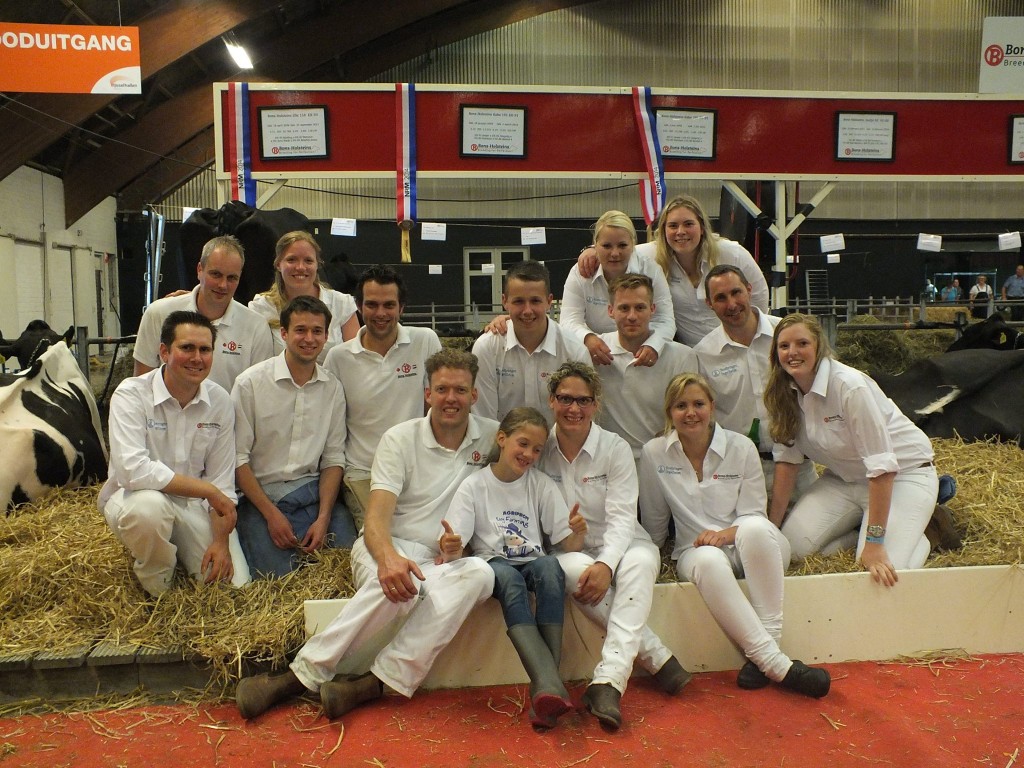
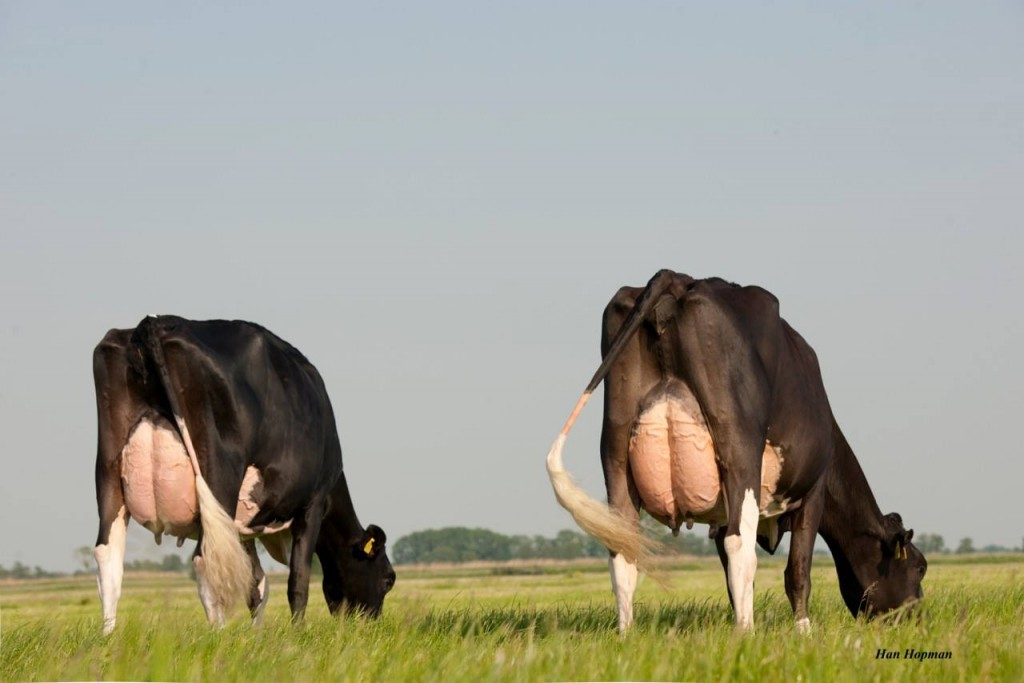
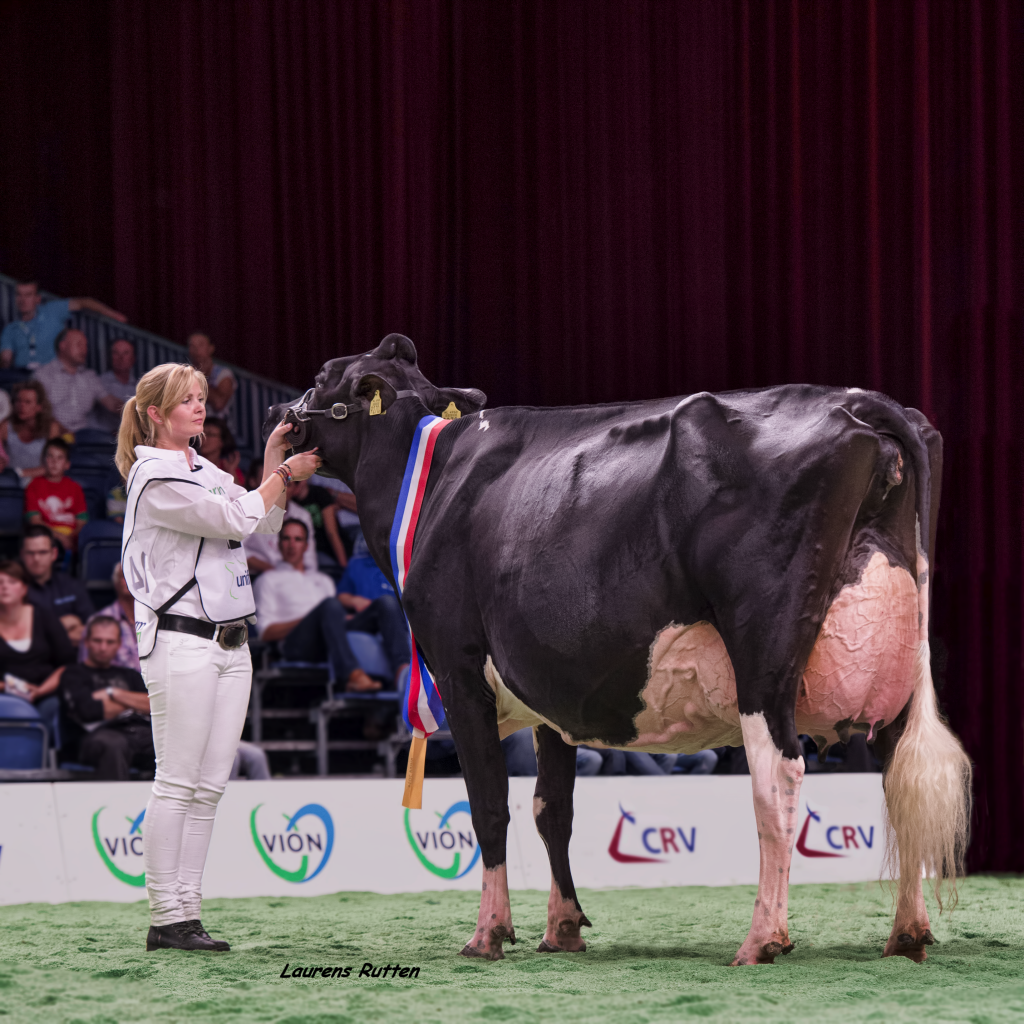
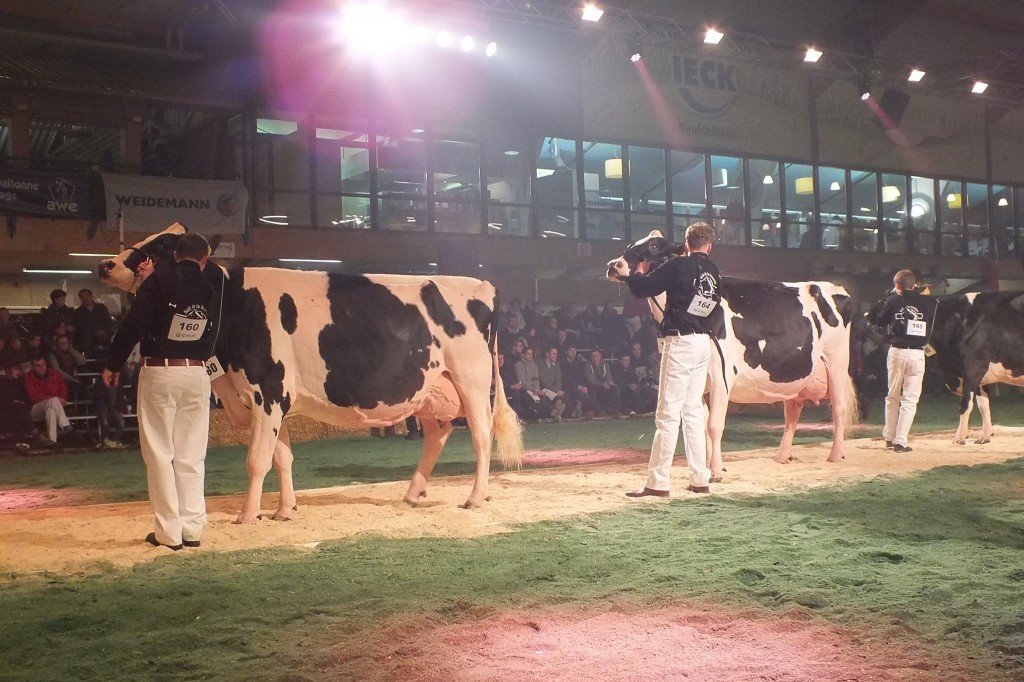
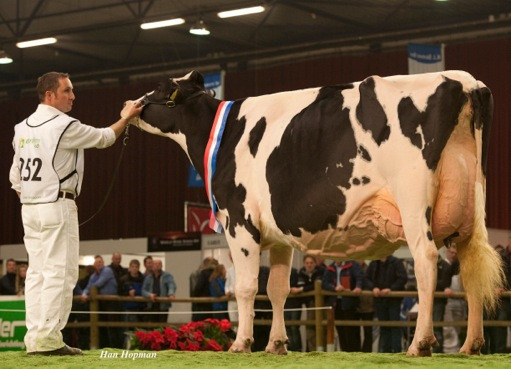
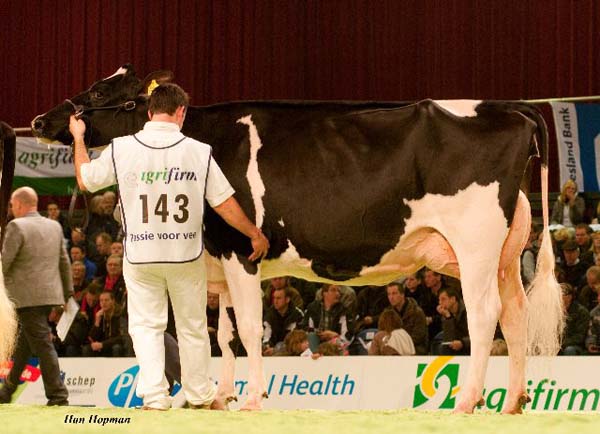
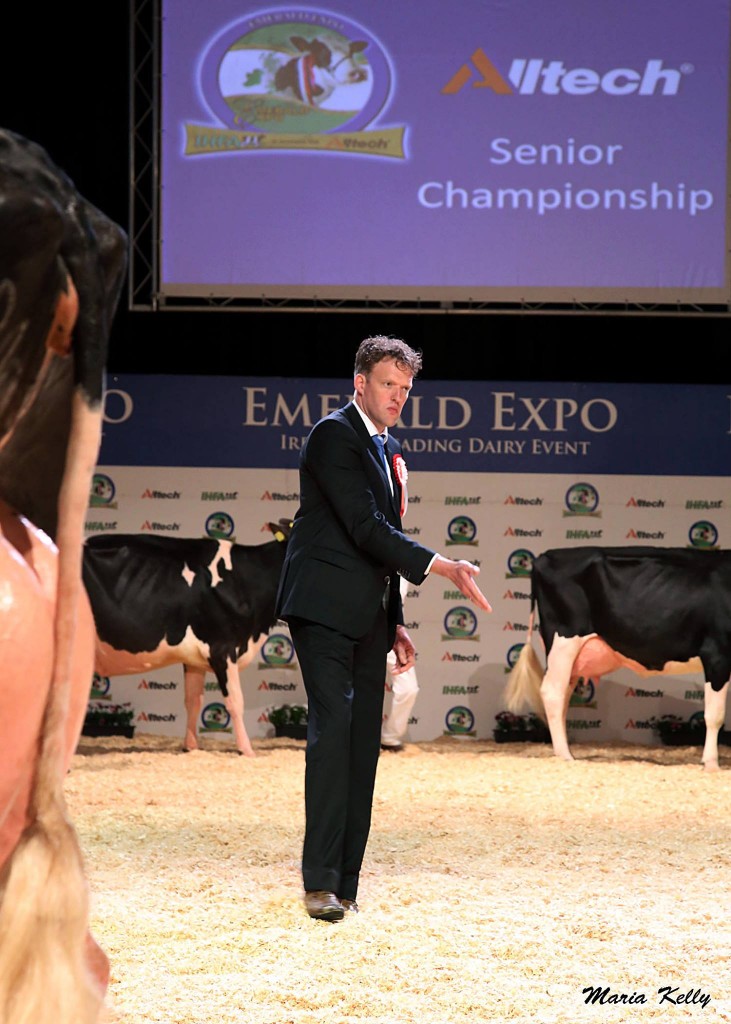 Here comes the Judge
Here comes the Judge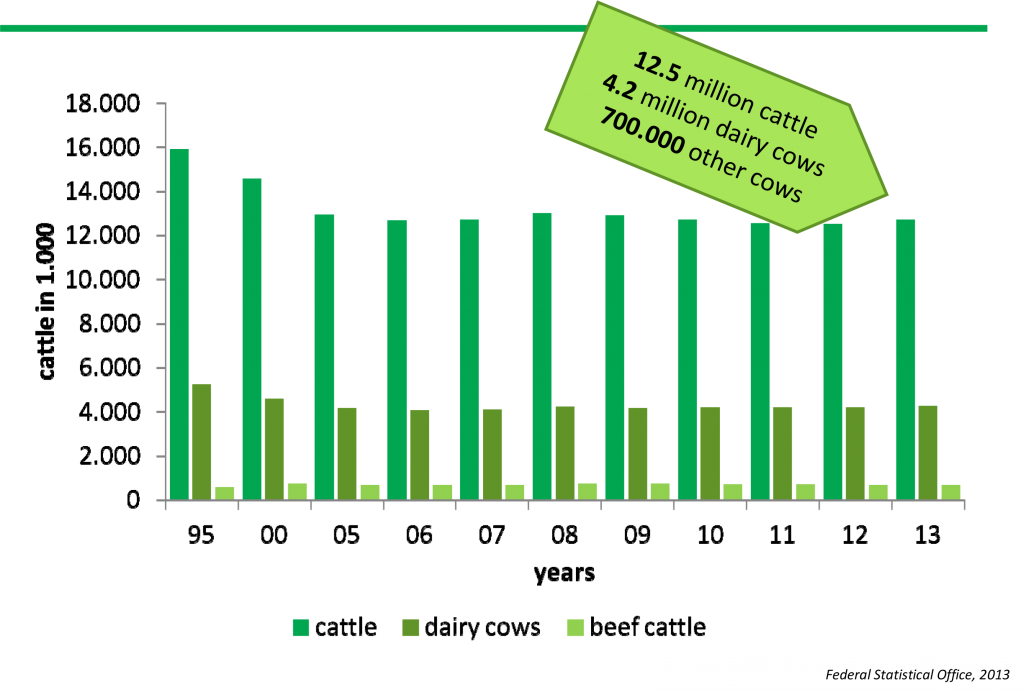
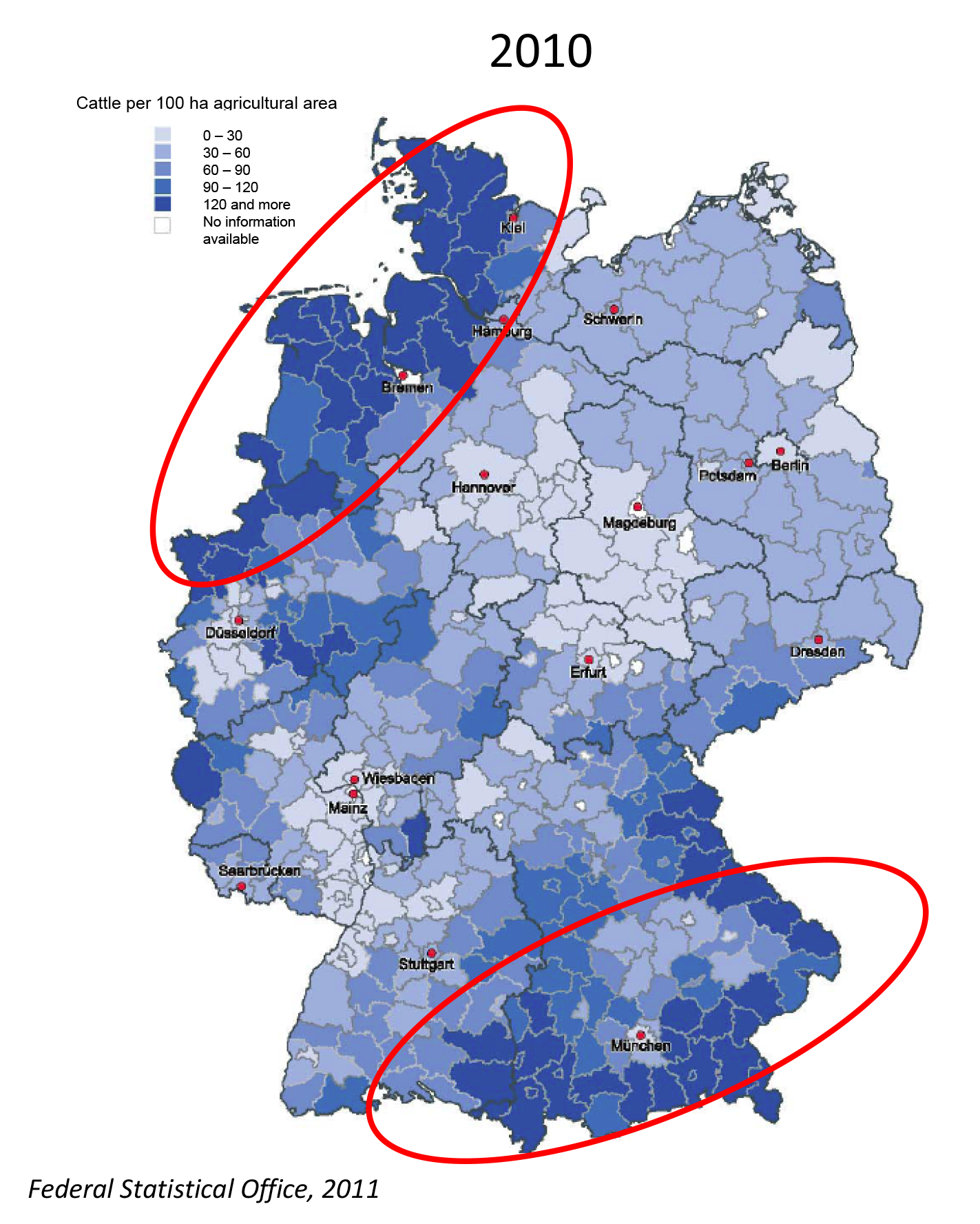
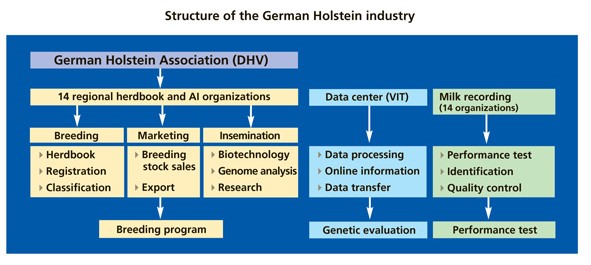
 The Total Merit Index RZG guarantees a balanced breeding considering milk production, functional herd life, conformation, reproduction, udder health and calving traits according to their economic importance. The Total Merit Index combines a number of individual trait indexes and makes it easy for the breeders to choose a bull according to all relevant traits. Today, the Total Merit Index (RZG) includes production (RZM 45%), functional herd life (RZN 20%), conformation (Udders, Feet & Legs 15%), reproduction (RZZ 10%), somatic cell count (RZS 7%) and maternal calving traits (RZKm 3%). To date the RZG is one of the world´s most popular total merit indexes for the Holstein breed.
The Total Merit Index RZG guarantees a balanced breeding considering milk production, functional herd life, conformation, reproduction, udder health and calving traits according to their economic importance. The Total Merit Index combines a number of individual trait indexes and makes it easy for the breeders to choose a bull according to all relevant traits. Today, the Total Merit Index (RZG) includes production (RZM 45%), functional herd life (RZN 20%), conformation (Udders, Feet & Legs 15%), reproduction (RZZ 10%), somatic cell count (RZS 7%) and maternal calving traits (RZKm 3%). To date the RZG is one of the world´s most popular total merit indexes for the Holstein breed.![nastygirl[1]](https://www.thebullvine.com/wp-content/uploads/2014/07/nastygirl1.jpg)
![61783[1]](https://www.thebullvine.com/wp-content/uploads/2014/07/617831-1024x730.jpg)


